These are truly the worst cars ever made
30 May 2023Vehicle manufacturers have come a long way since the development of the horseless carriage, but they have not always succeeded in making good cars. We invite you to look at 50 truly terrible cars.
Desoto Airflow
The Desoto Airflow was created alongside a related Chrysler model as a cutting-edge automobile that, if it had been released 20 years later, undoubtedly would have sold significantly better. It was light, featured an aerodynamic singlet-style body, and distributed weight evenly between the front and rear wheels.
Despite being inexpensive, it was too advanced for its time since the novel design resulted in the engine falling out in the first versions, earning it a negative reputation. The issue was resolved by redesigns, but its negative reputation persisted.
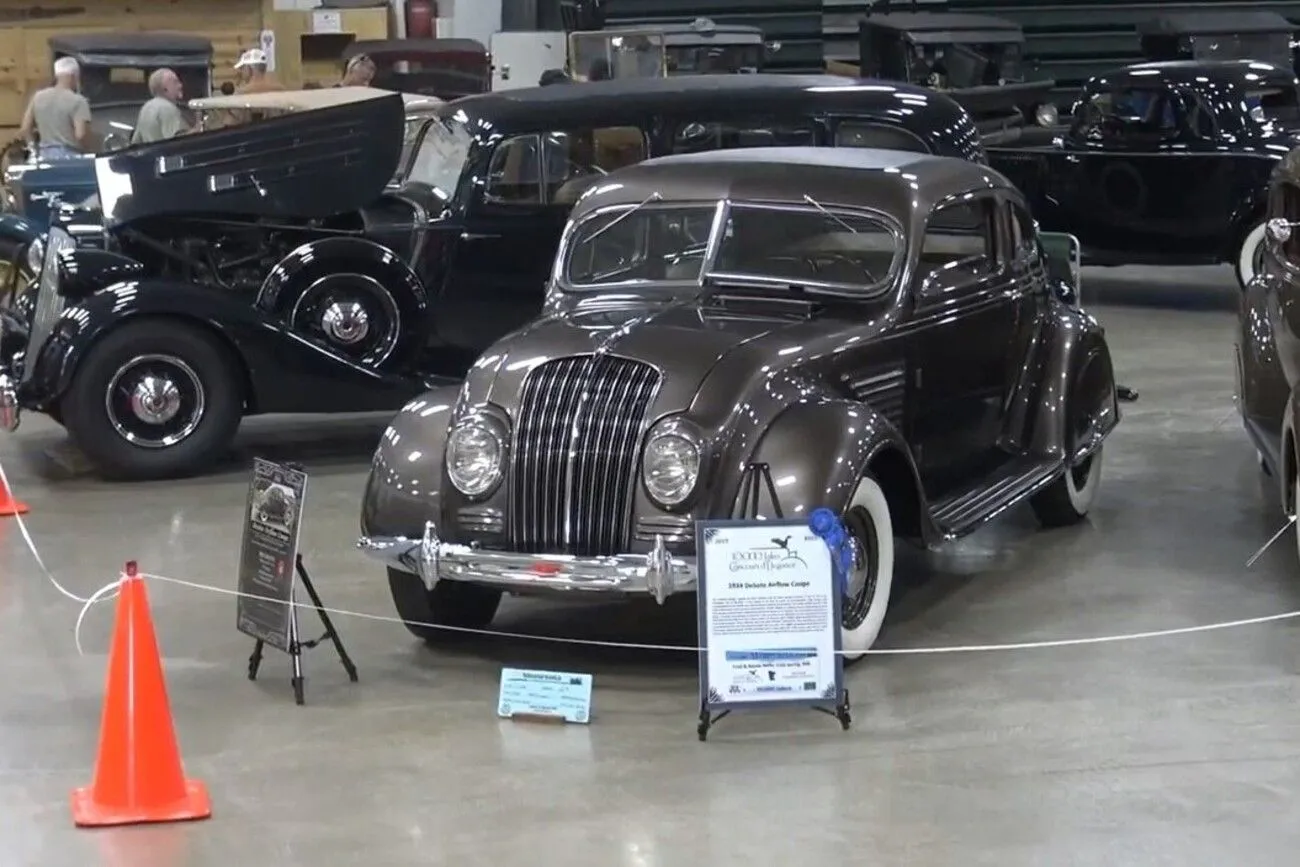 @1934 DeSoto Airflow Coupe: One of only15 know to exist today!/KDawgFilmz/YouTube.com
@1934 DeSoto Airflow Coupe: One of only15 know to exist today!/KDawgFilmz/YouTube.com
Yugo GV
During the height of the Cold War, Yugoslavia produced the two-door hatchback known as the Yugo GV. For some reason, they believed it would be successful in America even though it didn't sell well on the communist side of the Iron Curtain. The Yugo was the cheapest automobile ever sold in America, after inflation, in order to compete.
You can tell by the fact that it advertised "upholstery" as a regular feature what type of lemon it was. It is frequently mentioned as the worst lemon ever. People jokingly said, "Yugo nowhere."
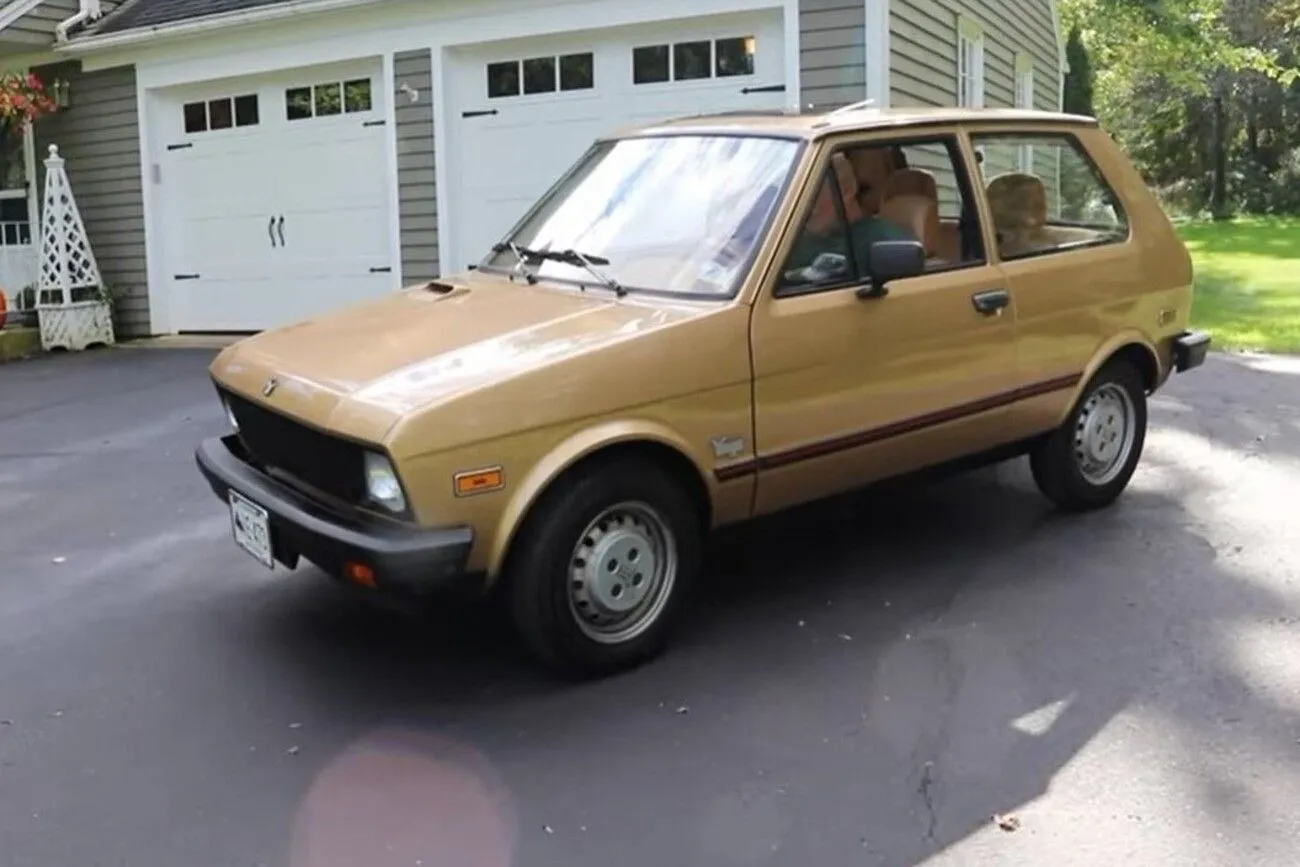 @1986 Yugo GV - The Worst Car Ever?/RIDE-CT - Classic Cars/YouTube.com
@1986 Yugo GV - The Worst Car Ever?/RIDE-CT - Classic Cars/YouTube.com
Scripps-Booth Bi-Autogo
While the Bi-Autogo's handling and crazy steering may have made it Detroit's first V8 engine, just one of these cars was ever produced. The three-seater, which weighed 3,200 pounds, could only go forward with the help of the engine's meager 45 horsepower.
It was supported by two pairs of retractable outrigger wheels in addition to two wooden-spoked wheels, which were the norm at the time. The Detroit Historical Society is responsible for the one existing unit, which was created by James Scripps Booth.
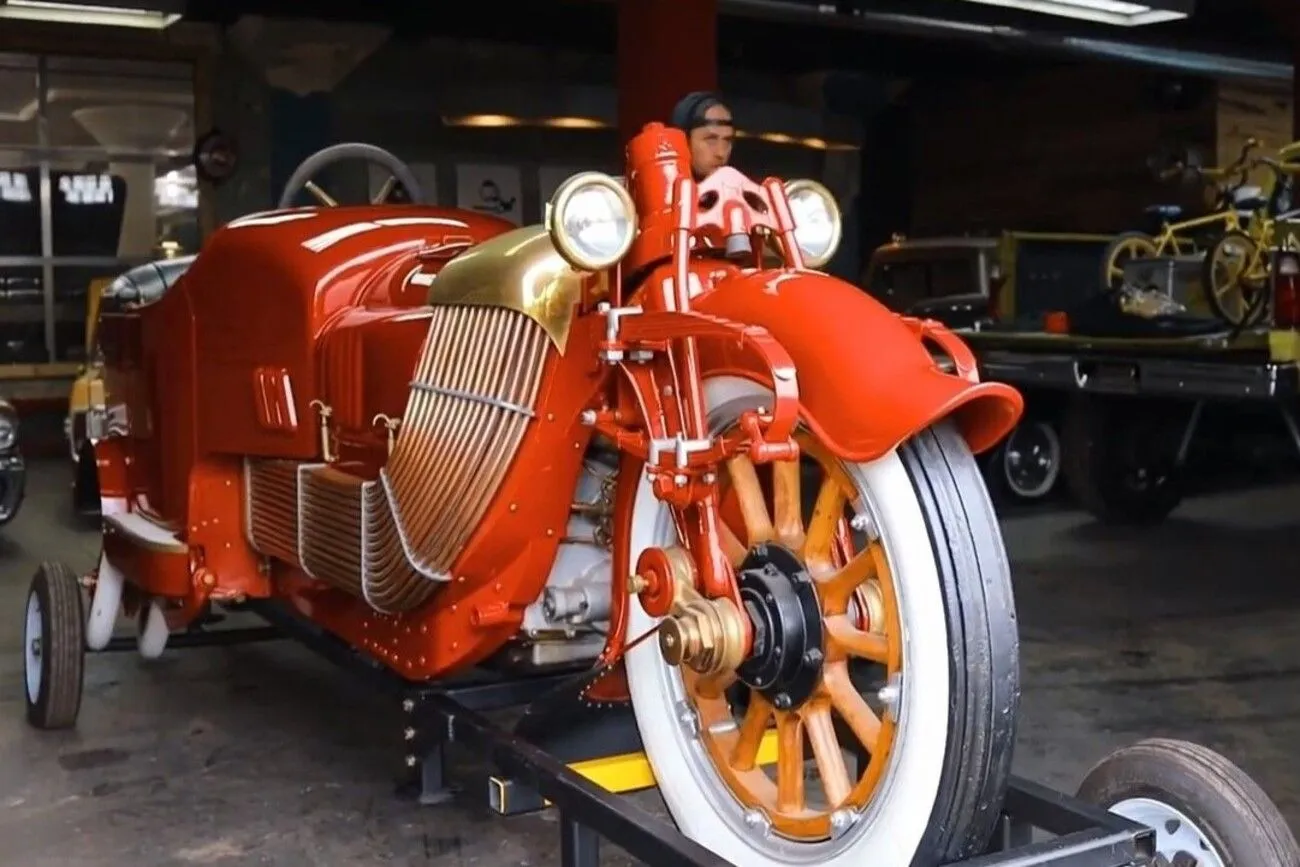 @Bi-Auto-Goes Away/Mobsteel Detroit/YouTube.com
@Bi-Auto-Goes Away/Mobsteel Detroit/YouTube.com
Saturn Ion
Many companies have made awful vehicles, but the Saturn Ion seems to have been a unique failure. Although it looked unlikely, the business was envisioned as a made-in-the-USA automobile that may succeed in the market. The Ion had a role in Saturn's ability to do that.
Sadly, the ion's poor engine couldn't manage the large car, which was the longest four-door sedan on the market, proving that it was a poorly performing automobile. The Ion's production ceased in 2007.
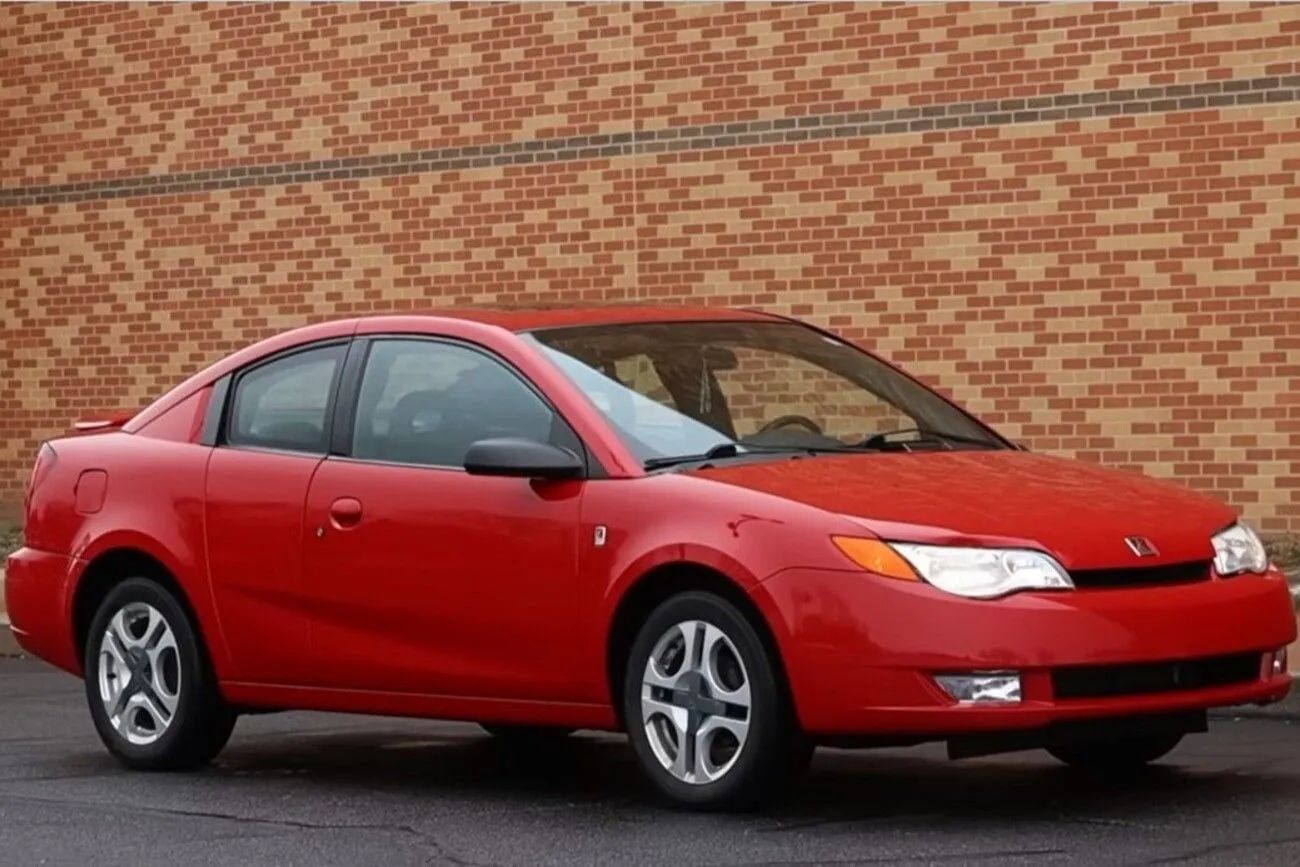 @2004 Saturn ION Review - A Quirky 4-Door Coupe With A CVT!/Shooting Cars/YouTube.com
@2004 Saturn ION Review - A Quirky 4-Door Coupe With A CVT!/Shooting Cars/YouTube.com
Aston Martin Lagonda
The Lagonda makes a lot of sense since that's what James Bond used to drive in the 1970s—Aston Martins. Although it featured a modern look, what made it special was the fact that it was made with the newest electronics and computers available at the time.
Unfortunately, it was overly ambitious because the cutting-edge technology didn't truly function adequately. For the corporation, which had even switched out the gauges on the display for a cathode-ray tube panel, it was extremely humiliating.
 @The $370,000 Aston Martin Lagonda Is the Weirdest Luxury Car Ever/Doug DeMuro/YouTube.com
@The $370,000 Aston Martin Lagonda Is the Weirdest Luxury Car Ever/Doug DeMuro/YouTube.com
1976 AMC Pacer
The two-door tiny AMC Pacer was expected to be the wave of the future, but it was a disaster. Although it had excellent fuel efficiency, this wasn't its main selling point because it would skid at hard stops and curves.
It was praised at first for its modest size at a period when the automobiles coming out of Detroit were enormous, but soon better compact cars hit the market and took the Pacer's position. AMC closed its doors as a result of declining sales.
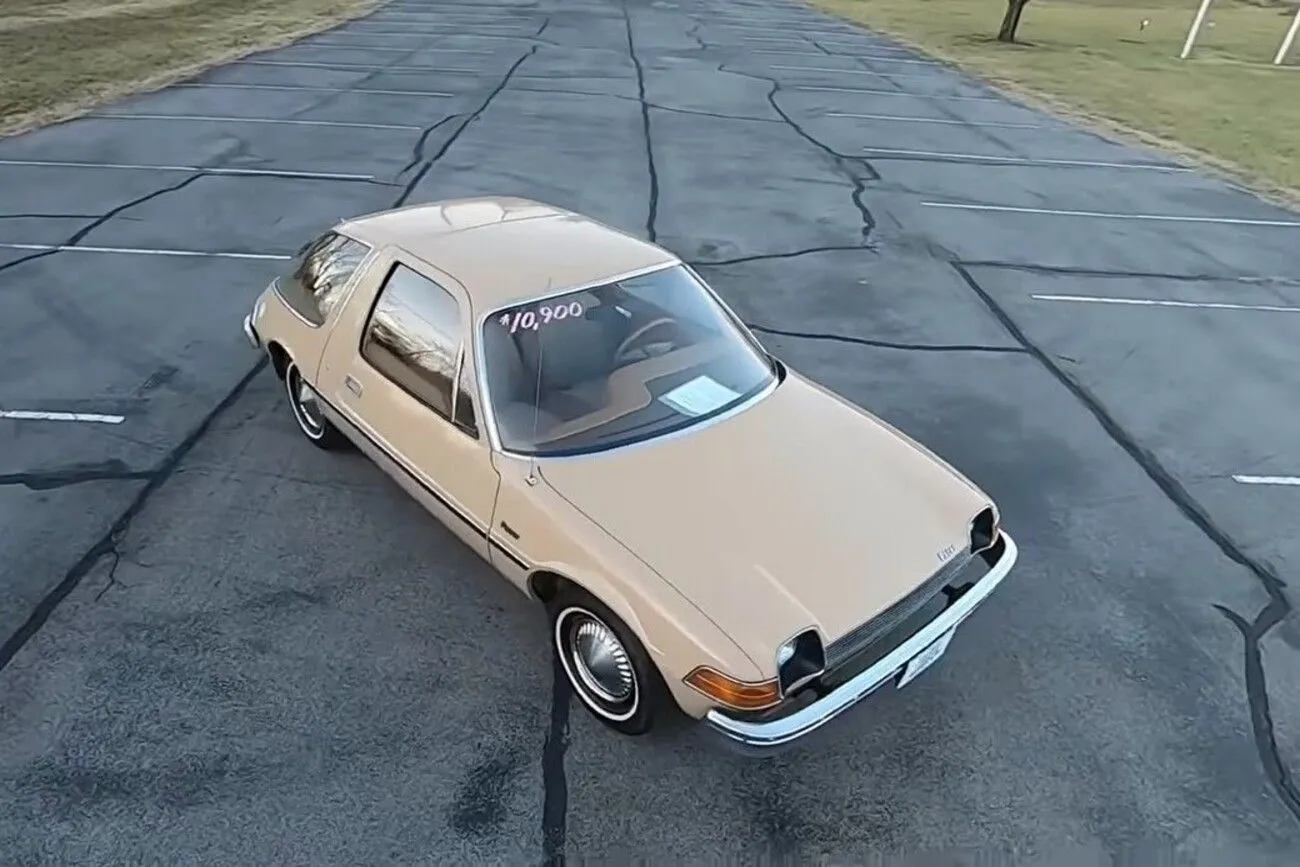 @Test Drive 1976 AMC Pacer SOLD/Maple Motors Muscle Cars Nick Southgate/YouTube.com
@Test Drive 1976 AMC Pacer SOLD/Maple Motors Muscle Cars Nick Southgate/YouTube.com
Ford Model T
The first mass-produced car in the United States was the Model T. It was also the first car that the majority of people could buy, but it stopped being made in 1927 for a reason. The mythology surrounding this car obscures its poor on-road performance.
The engine wasn't very good, and there was no windshield. This automobile was incredibly unsafe because the brakes didn't function adequately. It's a rather bad automobile when compared to all the other vehicles that came out of manufacturers in succeeding decades.
 @Driving a Ford Model T Is a Lot Harder Than You'd Think! We Tried It/Bloomberg Originals /YouTube.com
@Driving a Ford Model T Is a Lot Harder Than You'd Think! We Tried It/Bloomberg Originals /YouTube.com
1998 Fiat Multipla
Although the business has built several vans and minibuses under the Fiat Multipla name throughout the years, Americans will likely only recall the 1998 import. The Multipla was a laughingstock in the United States as opposed to being popular on the roads like the previous vehicles that went by this name.
It was simply plain ugly and resembled a travel-sized Martian greenhouse more than a soccer mom's preferred car. Although the inside is thoughtfully designed, who would want to go into a car that looks so odd?
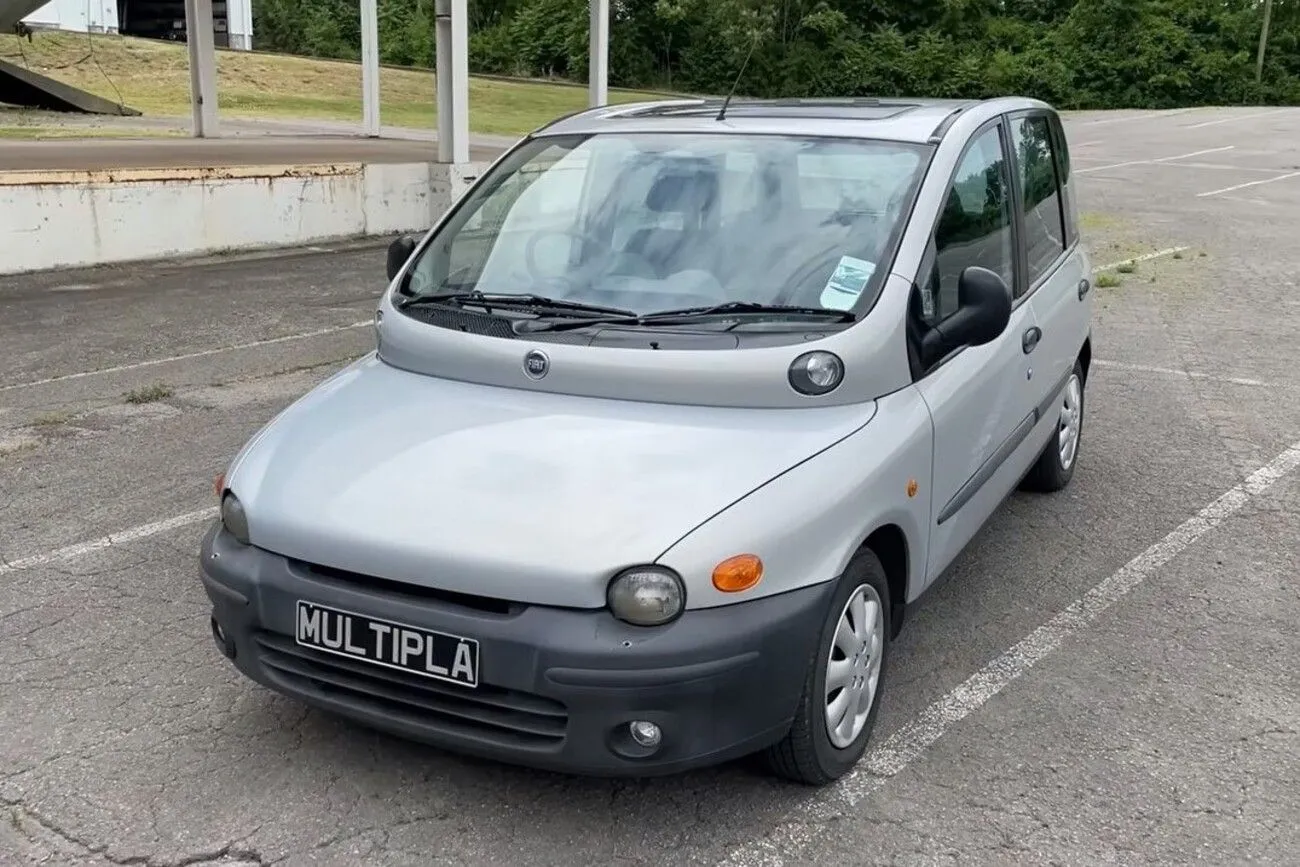 @The Fiat Multipla Was an Incredibly Quirky (and Ugly) Family Car/Doug DeMuro/YouTube.com
@The Fiat Multipla Was an Incredibly Quirky (and Ugly) Family Car/Doug DeMuro/YouTube.com
Suzuki Samurai
The Suzuki Samurai significantly underperformed consumer expectations in the 1980s. Like the decade from which it sprung, it was athletic and quick, but far too hazardous. In 1987, the four-wheel-drive actually outsold the Jeep Wrangler due to its agility.
That is, until they discovered that it might suddenly flip out of control, exactly like a real ninja. Sales fell once it was discovered that navigating turns at speed often resulted in a flip and roll-over.
 @This Tiny 1987 Suzuki Samurai EMBARRASSES Most Modern SUV's Up Tombstone Hill!/TFLclassics/ YouTube.com
@This Tiny 1987 Suzuki Samurai EMBARRASSES Most Modern SUV's Up Tombstone Hill!/TFLclassics/ YouTube.com
MGA Twin-Cam
From 1958 to 1960, the MGA Twin Cam was a high-performance automobile. With a top speed of 113 miles per hour, it was incredibly quick for its day. Despite this, there were several warranty problems with it, which indicated major design defects.
Although there hasn't been a cause stated for such a serious issue emerging in the motor, the engine would burn oil and potentially detonate because holes would emerge in the pistons. Production ceased a little over 2,000 of these later.
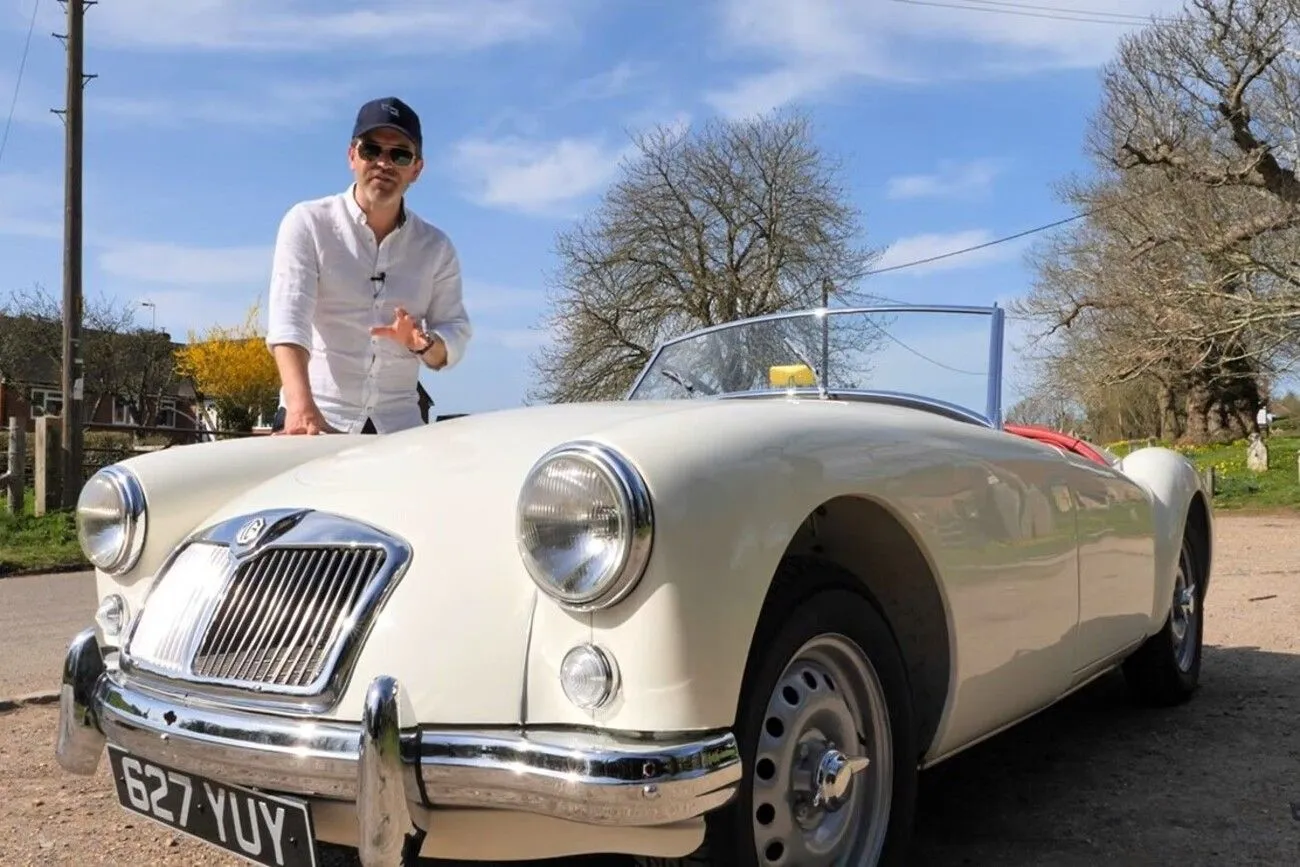 @The MGA Twin Cam. The most desirable MG of the post World War Two era? | Collecting Cars/Collecting Cars/ YouTube.com
@The MGA Twin Cam. The most desirable MG of the post World War Two era? | Collecting Cars/Collecting Cars/ YouTube.com
Peel Trident
The Peel Trident has a peculiar appearance that causes you to pause and take a closer look. You may tell your pals that this is still one of the tiniest automobiles ever made if you see one in person.
It has three wheels—two up front since four wouldn't fit—and an absurd bubble for a windscreen. Because of this odd design's tendency to produce a greenhouse effect within the cabin, drivers supposedly cook alive on hot days.
 @Peel Trident - the smallest two seater car in the world!/idriveaclassic/YouTube.com
@Peel Trident - the smallest two seater car in the world!/idriveaclassic/YouTube.com
1981 DeLorean DMC-12
In spite of the fact that the DeLorean has become a cultural icon thanks to the Back to the Future films, the truth is quite the contrary. Driving one in real life is very different from what you would imagine from a movie.
Despite how fantastic it may appear, the Delorean engine is not powerful to handle the task of propelling the bulky frame without a flux capacitor. The gullwing doors would also not work properly. Due to the failure of the vehicle, John DeLorean's firm was forced to close after being implicated in a money-laundering controversy.
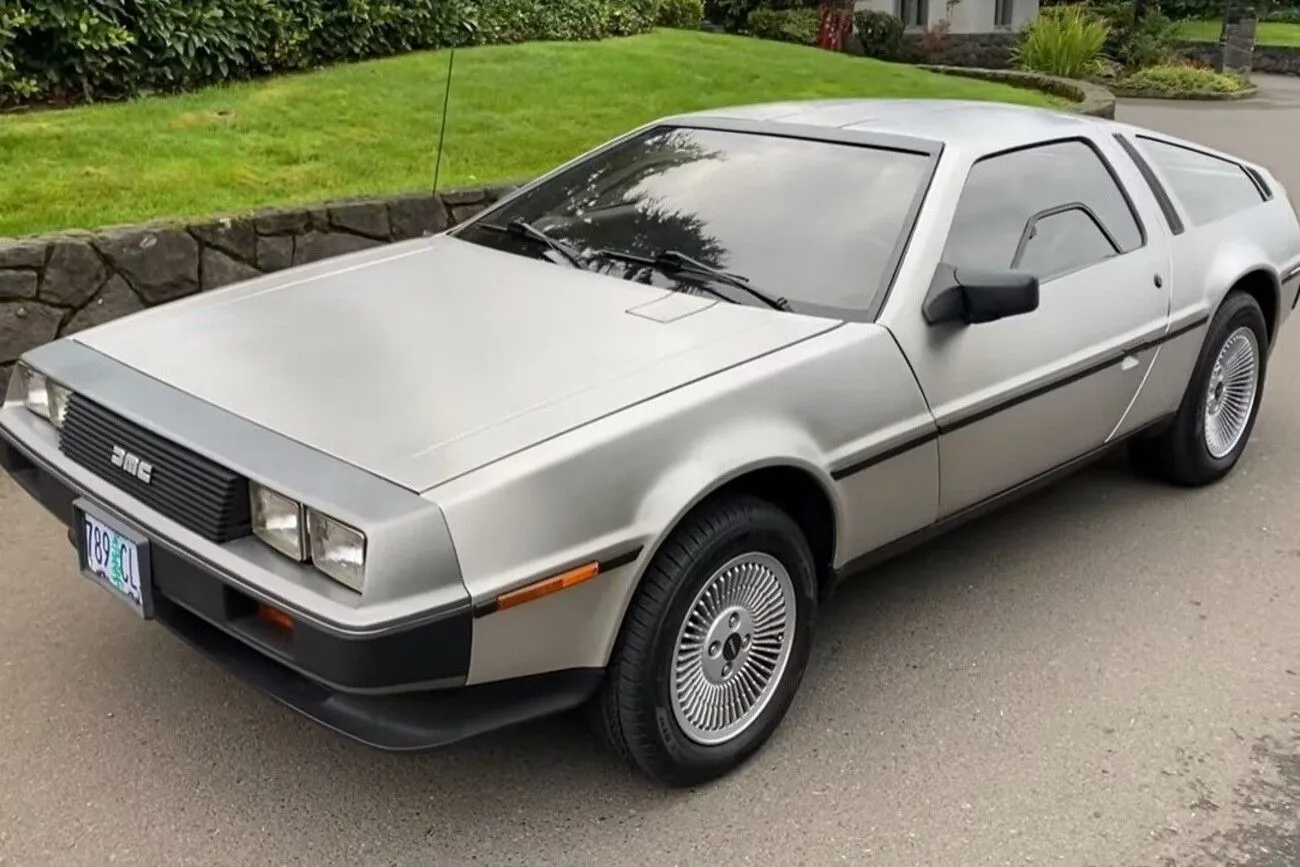 @1981 DeLorean DMC-12 with 12,000 miles on Bring A Trailer/Jordan Geller/YouTube.com
@1981 DeLorean DMC-12 with 12,000 miles on Bring A Trailer/Jordan Geller/YouTube.com
Plymouth Prowler
The Plymouth Prowler from the 1990s demonstrates what earlier designers looked up to in addition to some of their own distinctive and even bizarre-looking works. It turned out to be a terrible automobile despite being inspired by the hot rods of the 1930s.
The Prowler featured a 3.5-liter V6 engine that only generated 250 horsepower rather than being designed to resemble a hot-rod. When it was first released, it may have attracted a lot of attention, but poor performance led to low sales.
 @Here's Why the Plymouth Prowler Is the Weirdest Car of the 1990s/Doug DeMuro/YouTube.com
@Here's Why the Plymouth Prowler Is the Weirdest Car of the 1990s/Doug DeMuro/YouTube.com
Lotus Elite
The British automaker Lotus is well known for its racing and sports vehicles, but when it tried to make cars for regular people, it struggled to keep prices down for consumers.
The manufacturer apparently lost one hundred pounds per model by cutting the price, despite the fact that it was the priciest four-cylinder on the market. In today's dollars, after inflation, that amounts to more than $2,000! This was a sports vehicle with sports car performance, thus it makes sense that they only produced little over a thousand of these between 1958 and 1963.
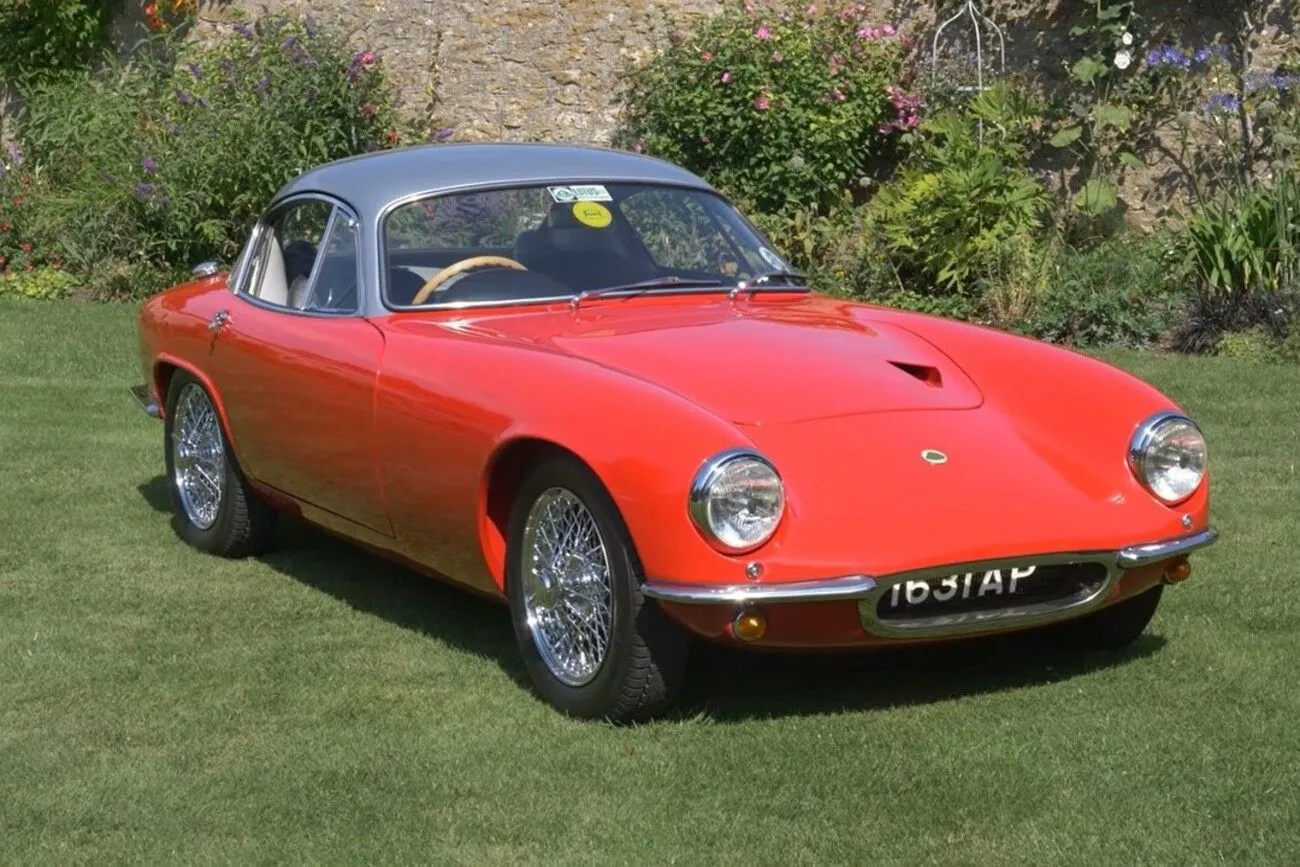 @The Type 14 Lotus Elite Is the Most Fragile Sports Car Ever Made - Here's Why People Love It/JayEmm on Cars/ YouTube.com
@The Type 14 Lotus Elite Is the Most Fragile Sports Car Ever Made - Here's Why People Love It/JayEmm on Cars/ YouTube.com
Briggs and Stratton Flyer
After the rights were sold, the Briggs & Stratton was given to the two-seat Smith Flyer. Whatever the name, it was created between 1915 and 1925. This basic, unadorned automobile was an affordable success on the auto market thanks to some creative ideas.
The wooden planks served as both the floor and the suspension, and there were really five wheels. However, by the 1920s, when compared to vehicles that really have suspension, windshields, and metal bodies, its deficiencies were rather obvious.
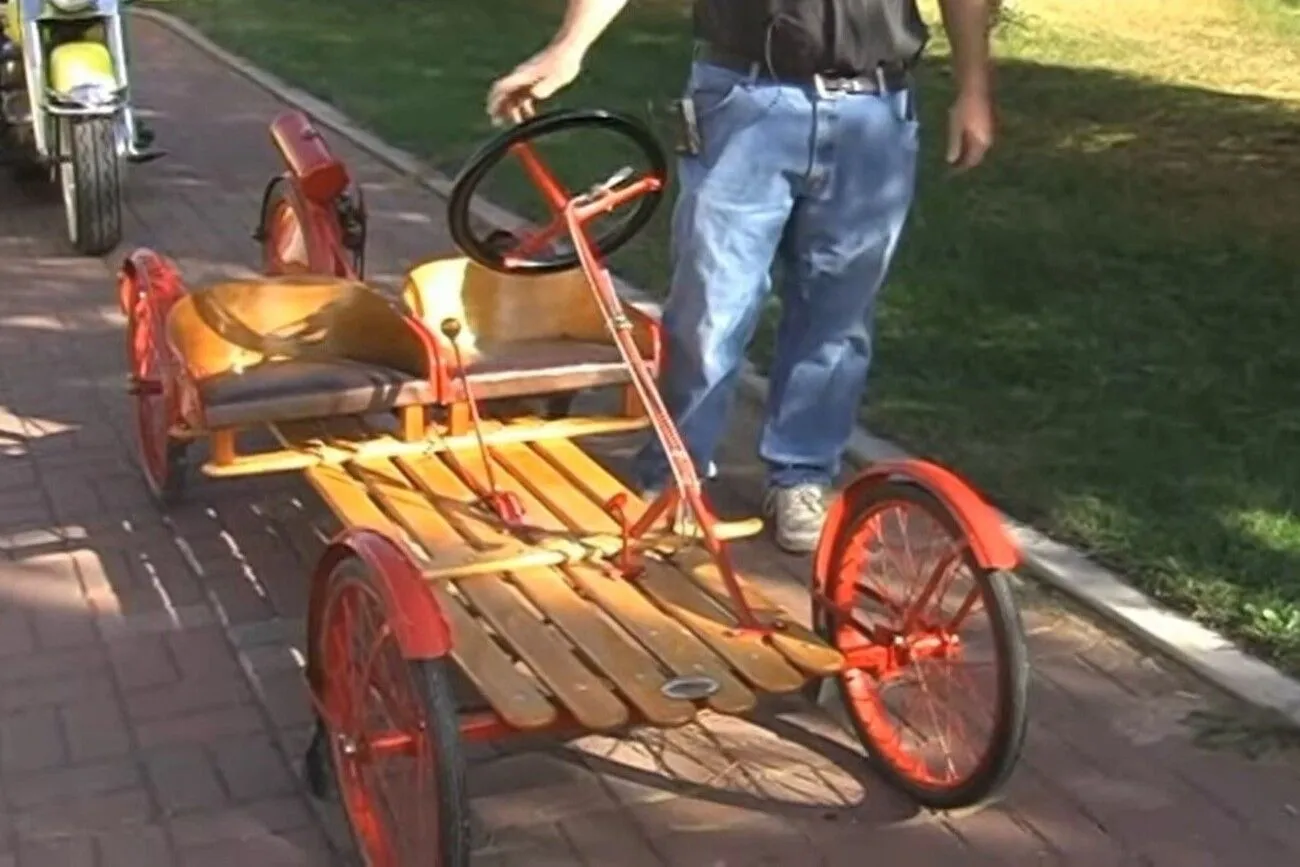 @1920 Briggs & Stratton/KDawgFilmz/YouTube.com
@1920 Briggs & Stratton/KDawgFilmz/YouTube.com
Chrysler PT Cruiser Convertible
The PT Cruiser was envisioned as a modernized version of a hot rod, evoking the heyday of Chrysler's classic muscle cars. But that's not at all what happened. The PT Cruiser is a typical automobile in all other respects, yet it has the soul of a minivan and is categorized as a truck for fuel emissions.
But things only got worse when they converted the Cruiser to a convertible. Cruisers do have their devoted supporters, and given their peculiar cult following, they will likely value in years to come.
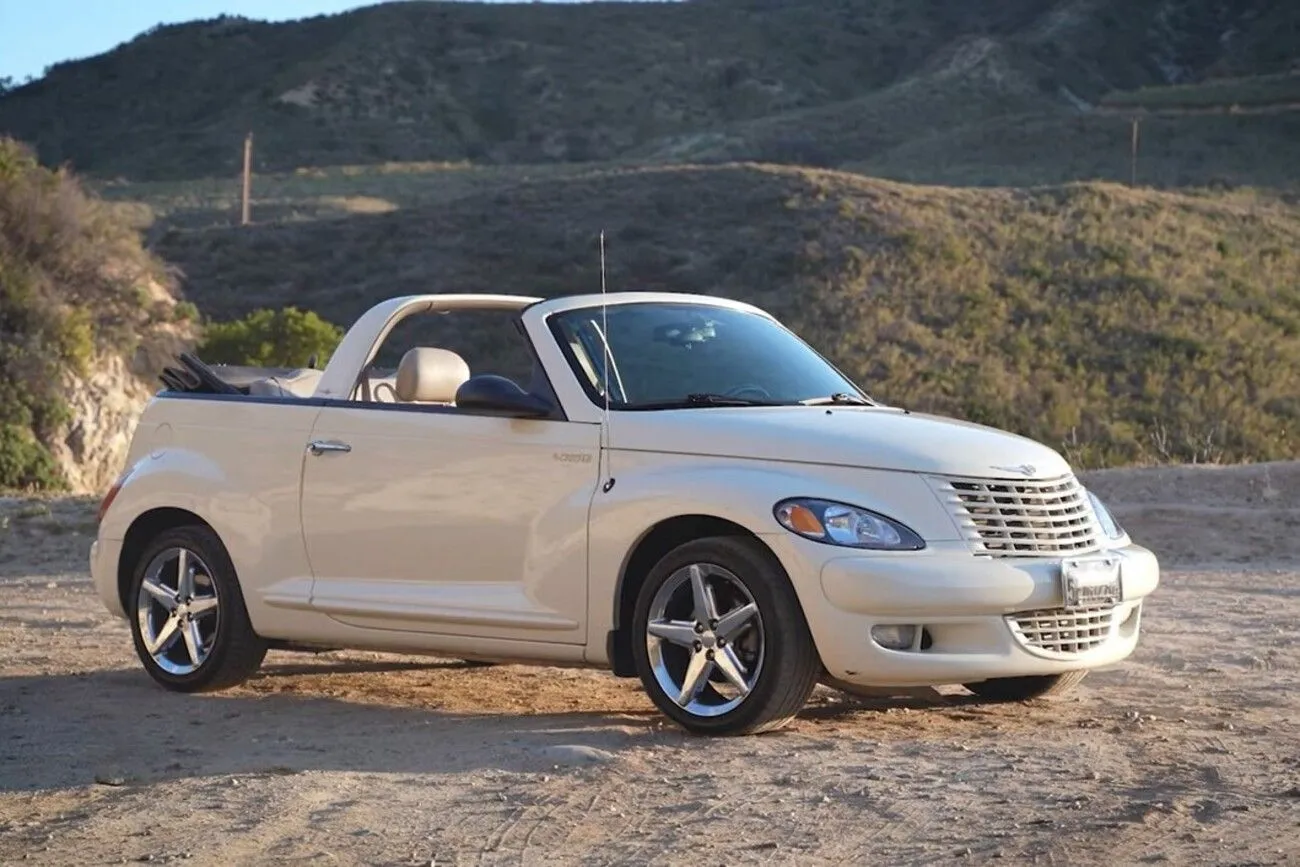 @Love It or Hate It? Chrysler PT Cruiser Convertible GT! [Review & History]/Hello Road/YouTube.com
@Love It or Hate It? Chrysler PT Cruiser Convertible GT! [Review & History]/Hello Road/YouTube.com
Waterman Arrowbile
Since it is the first of its kind, the Waterman Arrowbile was included for this list due to its road capabilities. The hybrid vehicle lets you travel on land and in the air while driving. The wings just needed to be detached. Executives at Studebaker placed an order for five, foreseeing high demand.
However, the corporation underestimated how little demand such a novelty would generate. There were just five of them made. It was a good idea, but it served as evidence that not every notion is viable for commercialization.
 @Waterman Aerobile at Smithsonian/gatorpics09/YouTube.com
@Waterman Aerobile at Smithsonian/gatorpics09/YouTube.com
1971 Chevy Vega
High praise followed the early 1970s debut of the Chevy Vega. Motor Trend honored the inline, four-cylinder aluminum alloy engine with the title of "car of the year" in 1971, praising its innovative design. These were widely purchased, and Chevrolet saw a surge in sales that, tragically, did not endure.
The buyer of one of these vehicles quickly realized he or she had a lemon on their hands. It had almost every imaginable issues, and sales swiftly decreased.
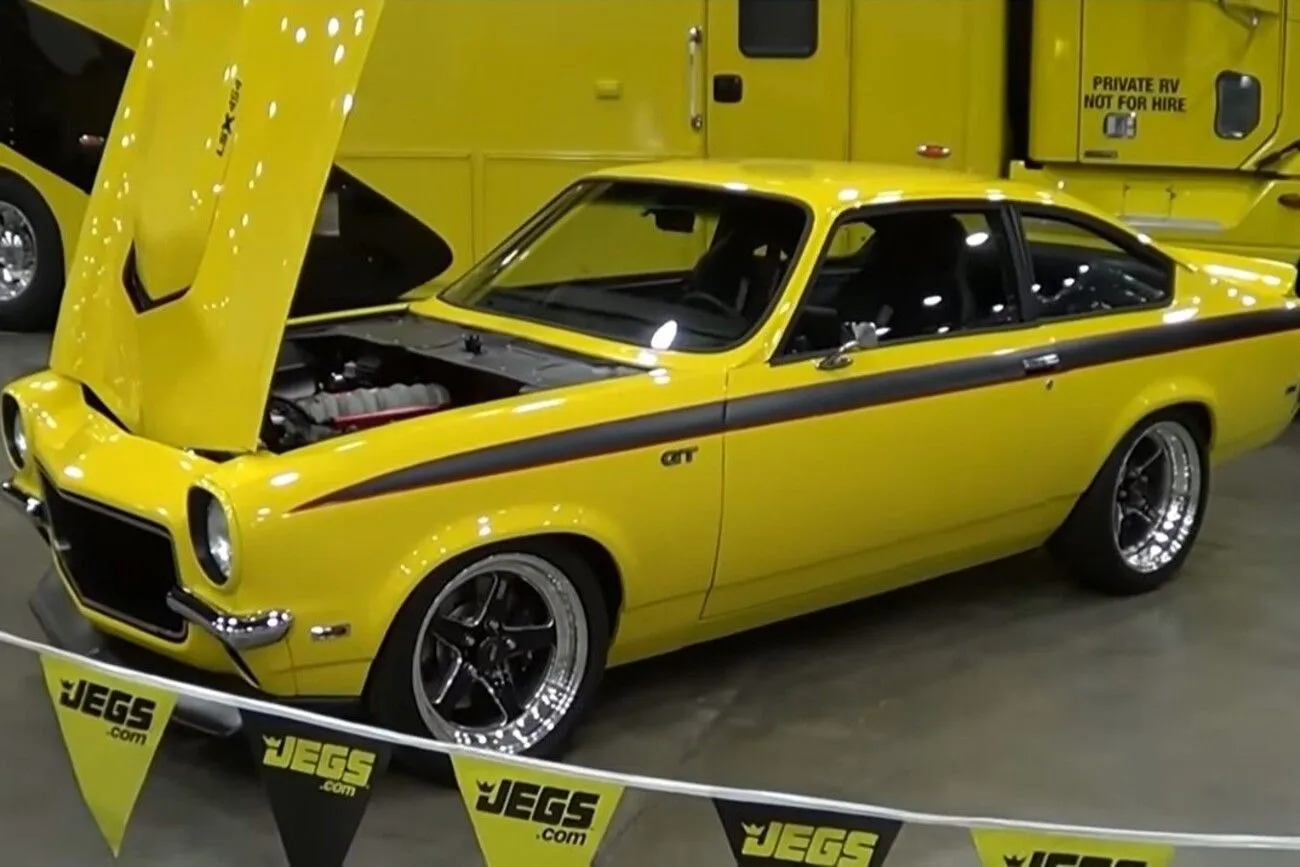 @1971 Chevy Vega GT "Jega"/ScottieDTV/YouTube.com
@1971 Chevy Vega GT "Jega"/ScottieDTV/YouTube.com
1948 Davis D-2 Divan
A unsuccessful three-wheeler is the Davis D-2 Divan, which was never popular in America. The Davis Motor Company actively promoted these vehicles in the 1940s, and it was thought that they would be seen all over the highways.
The only issue was that the business's owner exaggerated both the cost and the performance of the automobile, which infuriated both investors and dealerships. Only 12 of these automobiles are still in existence today because the firm failed. This unusual lemon, despite they're not very tasty, may really fetch six figures today.
 @1948 Davis D-2 Divan/Alexander1485/YouTube.com
@1948 Davis D-2 Divan/Alexander1485/YouTube.com
Bricklin SV1
Safety Vehicle One is the acronym for the Bricklin SV-1, yet for a vehicle with such a moniker, it seemed odd that there was no provision for a spare tire. Other from the five hues given, there weren't many choices.
It was risky because the gullwing doors may malfunction if it got too hot. Due to rising failure-related expenses, the cost quadrupled in only two years. There were only around 3,000 of them produced, and roughly 2,000 still exist.
 @1975 Bricklin SV-1: The "Safety First" Sports Car | MotorWeek/MotorWeek/YouTube.com
@1975 Bricklin SV-1: The "Safety First" Sports Car | MotorWeek/MotorWeek/YouTube.com
1982 Cadillac Cimarron
GM's attempt to bring the enormous Cadillacs to the smaller car market with the Cimarron failed because it was such a terrible vehicle. It was a poorly received vehicle built on the GM J platform, and being one of Cadillac's greatest flops, it performed horribly. Because of how miserably it failed, the brand was actually on the verge of being dropped.
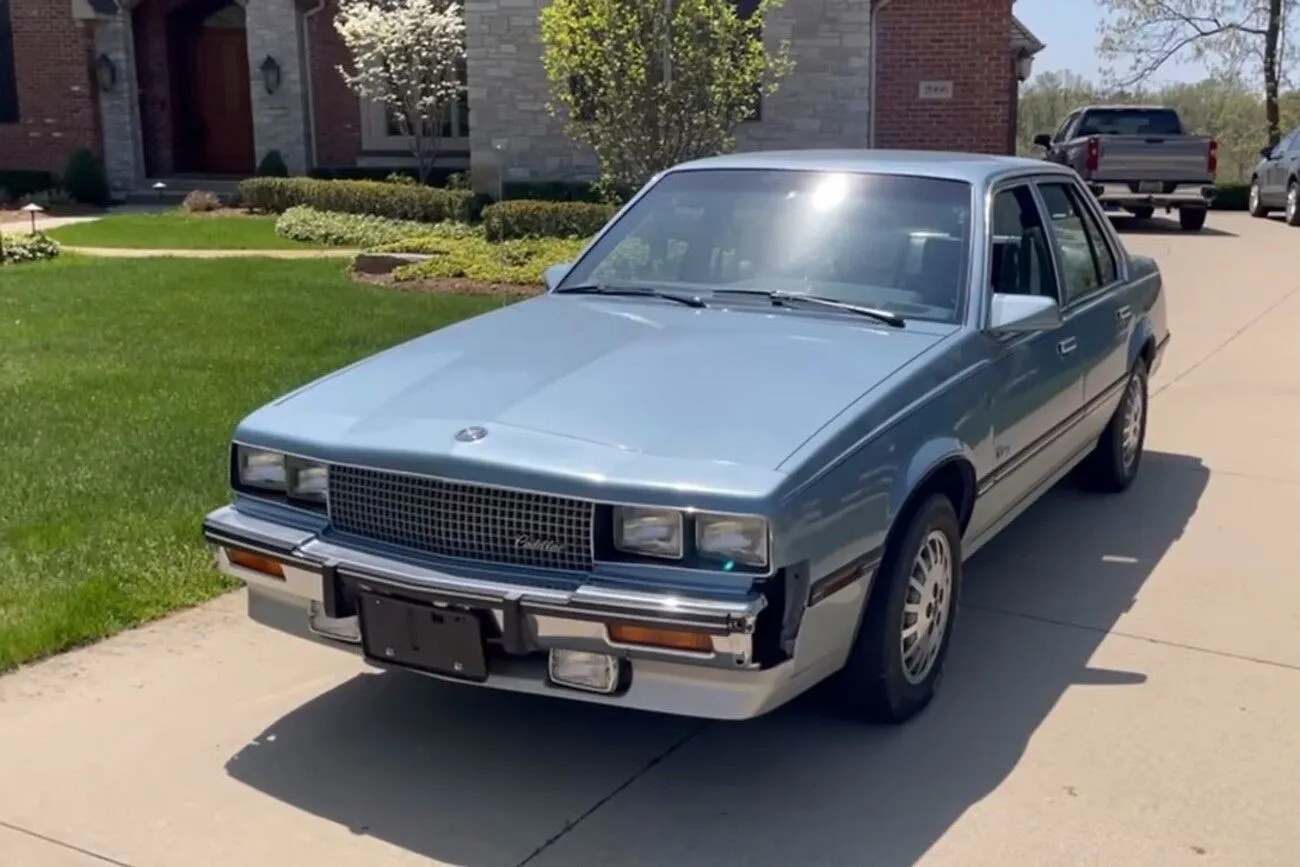 @Worst Cadillac Ever? My 1986 Cadillac Cimarron V-6 Has Arrived!/Rare Classic Cars & Automotive History/ YouTube.com
@Worst Cadillac Ever? My 1986 Cadillac Cimarron V-6 Has Arrived!/Rare Classic Cars & Automotive History/ YouTube.com
1958 Zundapp Janus
Zundapp The business's sole effort into the automotive industry, Janus, was an unsuccessful attempt by a respectable motorcycle company to expand into cars. It makes sense that the car's name was inspired by the Roman deity who had two faces, one facing forward and the other facing backward.
You had a 50/50 chance of figuring out from the outside which way a parked Janus was pointing. It also featured a front entrance and a back door, but these additions did not increase its appeal.
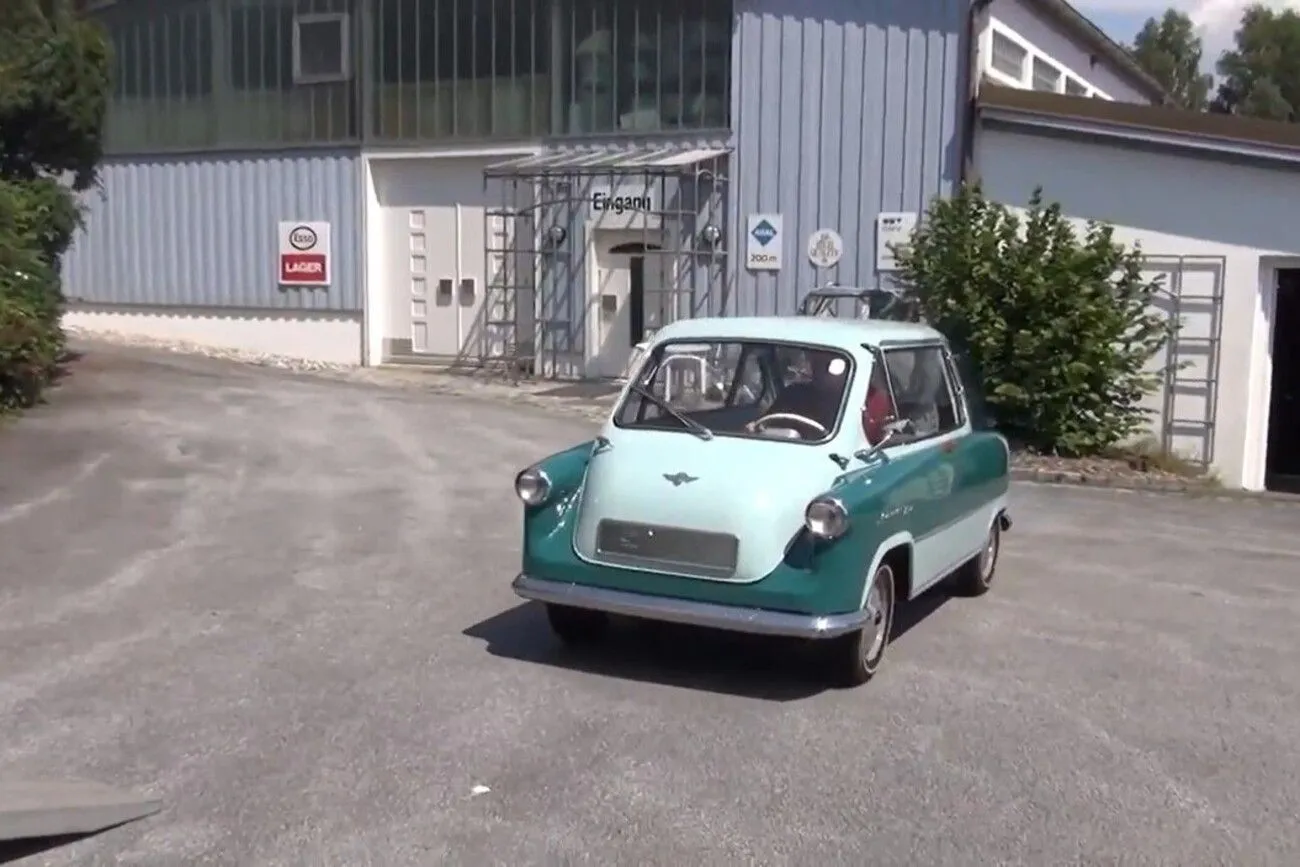 @2016 7 Zundapp Janus 250 1958 transport/Kvetak Strunc/YouTube.com
@2016 7 Zundapp Janus 250 1958 transport/Kvetak Strunc/YouTube.com
AMC Gremlin
It doesn't really matter that the AMC Gremlin was quicker than other tiny vehicles of its day unless you're in a drag race with another compact. This was a difficult automobile to try to drive since either the front is too long or the back is too short.
The fact that the wipers were vacuum-powered gives you an indication of the deficiencies in this car. Having said that, it had character and is now a collectible. In fact, it gets far better gas mileage than rival muscle vehicles of the time.
 @1976 AMC Gremlin: Regular Car Reviews/Regular Car Reviews/YouTube.com
@1976 AMC Gremlin: Regular Car Reviews/Regular Car Reviews/YouTube.com
Amphicar
Given that it could be driven into the water, the Amphicar had a lot going for it. Over a dozen locations needed to be lubricated after that, one of which required the driver to remove his seat.
The majority of these vehicles were sold in the United States, however other than being amusing, they aren't really useful. The front wheels can go both on land and in water.
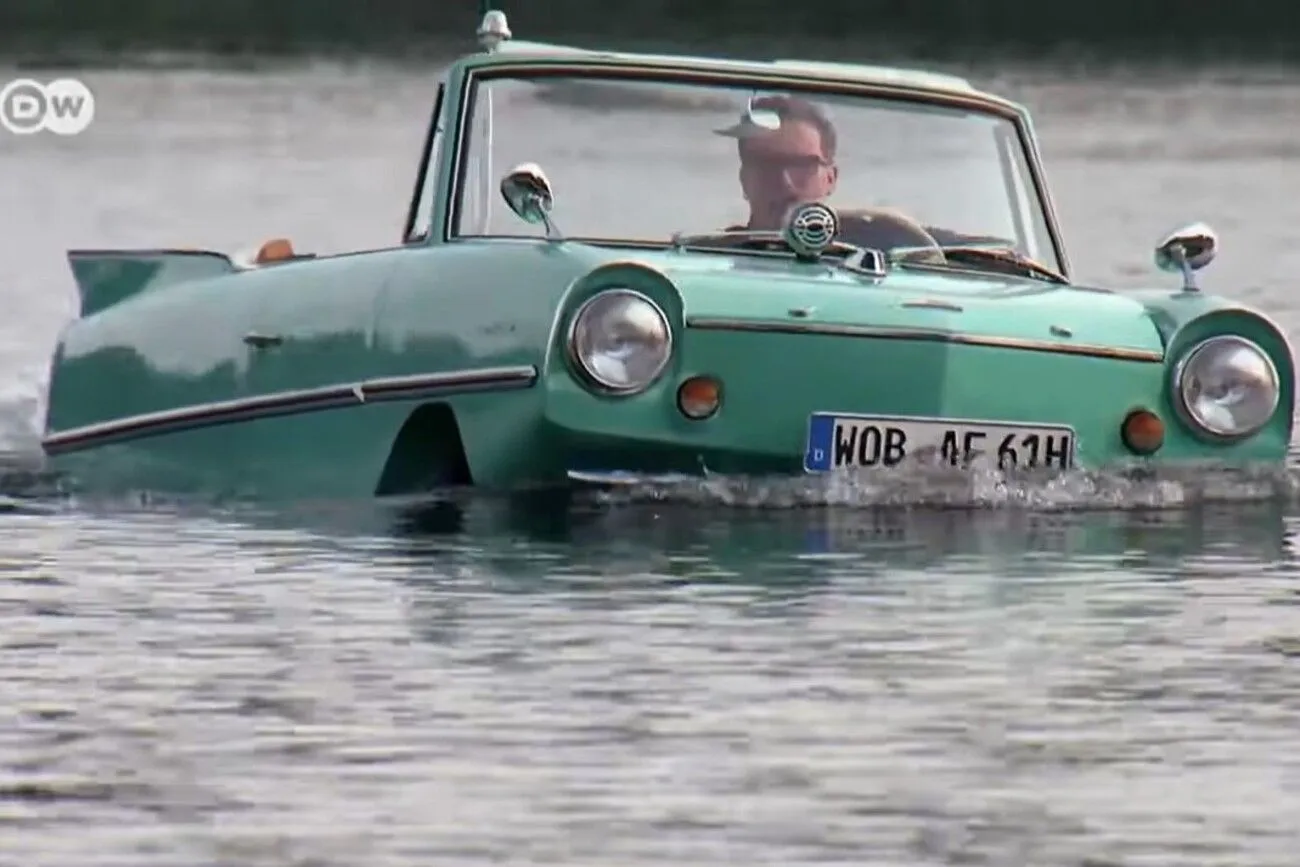 @First mass-produced amphibious car | Vintage/DW REV - Cars & Mobility/YouTube.com
@First mass-produced amphibious car | Vintage/DW REV - Cars & Mobility/YouTube.com
Triumph TR7
Some of the final products the firm sold before going out of business were the Triumph TR7 and the more uncommon, V8-powered TR8. The U.K. debut was strangely delayed due to demand in the U.S., but this automobile didn't live up to its reputation as “the shape of things to come.”
It is still regarded as one of the worst sports cars in history since it was notoriously terrible while it was in production. The headlights that could be hidden would rise, the sunroof leaked, and the faulty electronics make the issues much worse.
 @The Triumph TR7 is the Most Controversial Sportscar of All Time/Twin-Cam/YouTube.com
@The Triumph TR7 is the Most Controversial Sportscar of All Time/Twin-Cam/YouTube.com
Triumph Stag
The Triumph Stag was similar to other British automobiles of the 1970s in that it had poor engineering despite its slick exterior. Driving was fine when it worked, but it could be quite risky. Another engine that would blow up from overheating was the 3.0 liter V8 in the Stag.
This was resolved by installing a cooling system that, if the temperature became too high, would boil over on its own. It seems sense that British Leyland, the parent business, was partially nationalized to save it from failing.
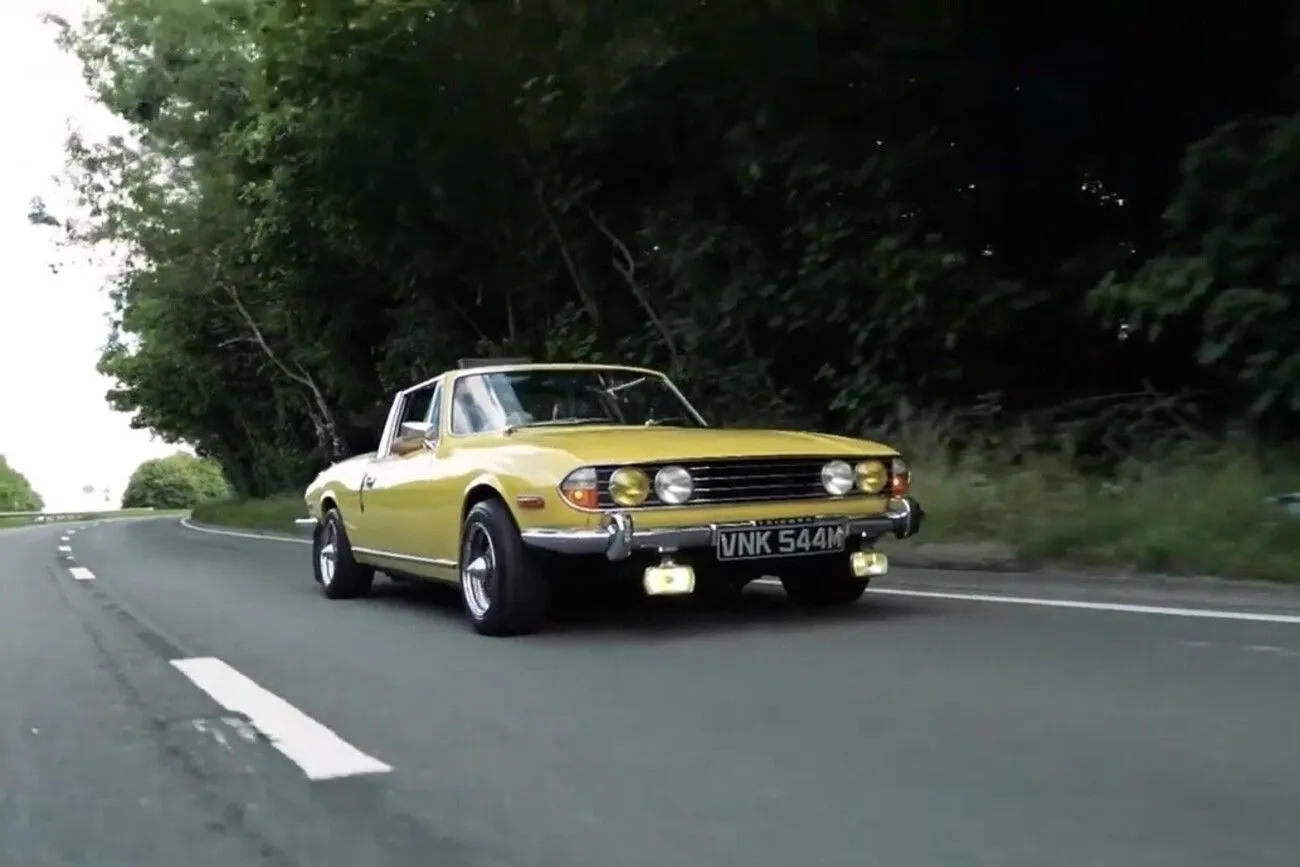 @When a Dream becomes Reality | Triumph Stag/Jaaks Film/YouTube.com
@When a Dream becomes Reality | Triumph Stag/Jaaks Film/YouTube.com
Chevrolet Corvair
The 1960s saw the production of the Chevrolet Corvair throughout the whole decade, earning its name from its position between the Corvette and Bel Air. Ralph Nader's Unsafe at Any Speed book became popular in the middle of that decade.
Nader didn't spare the Corvair, which was labeled a "one-car accident" due to design defects that made it a risky vehicle to operate. Due to the subsequent decline in sales in 1966, GM opted to focus on the Camaro. Even when the corporation pursued Nader to get revenge, the harm had already been done.
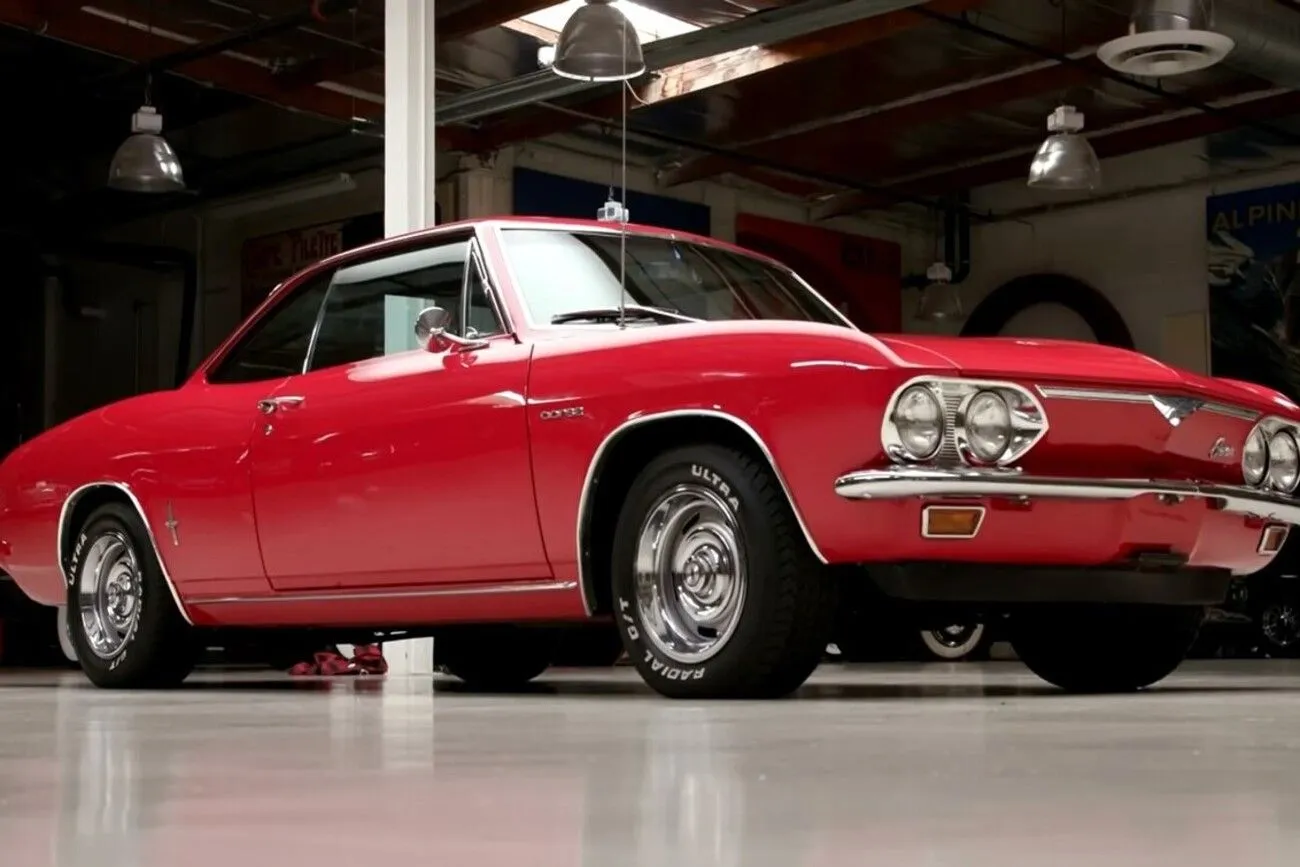 @Unsafe At Any Speed? 1966 Chevrolet Corvair Corsa - Jay Leno's Garage/Jay Leno's Garage/YouTube.com
@Unsafe At Any Speed? 1966 Chevrolet Corvair Corsa - Jay Leno's Garage/Jay Leno's Garage/YouTube.com
Cadillac Fleetwood
These days, cylinder deactivation, also known as variable displacement, is a common feature of automobiles since it prevents the engine from running on unnecessary cylinders when it is not necessary. Even though you have to give GM credit for attempting to make it work, this technology wasn't fully developed when the Fleetwood debuted it.
These automobiles, which were produced from 1976 to 1996, suffered several engine issues as a result of this feature. Many owners went to turn off this device because they jerked and produced strange noises.
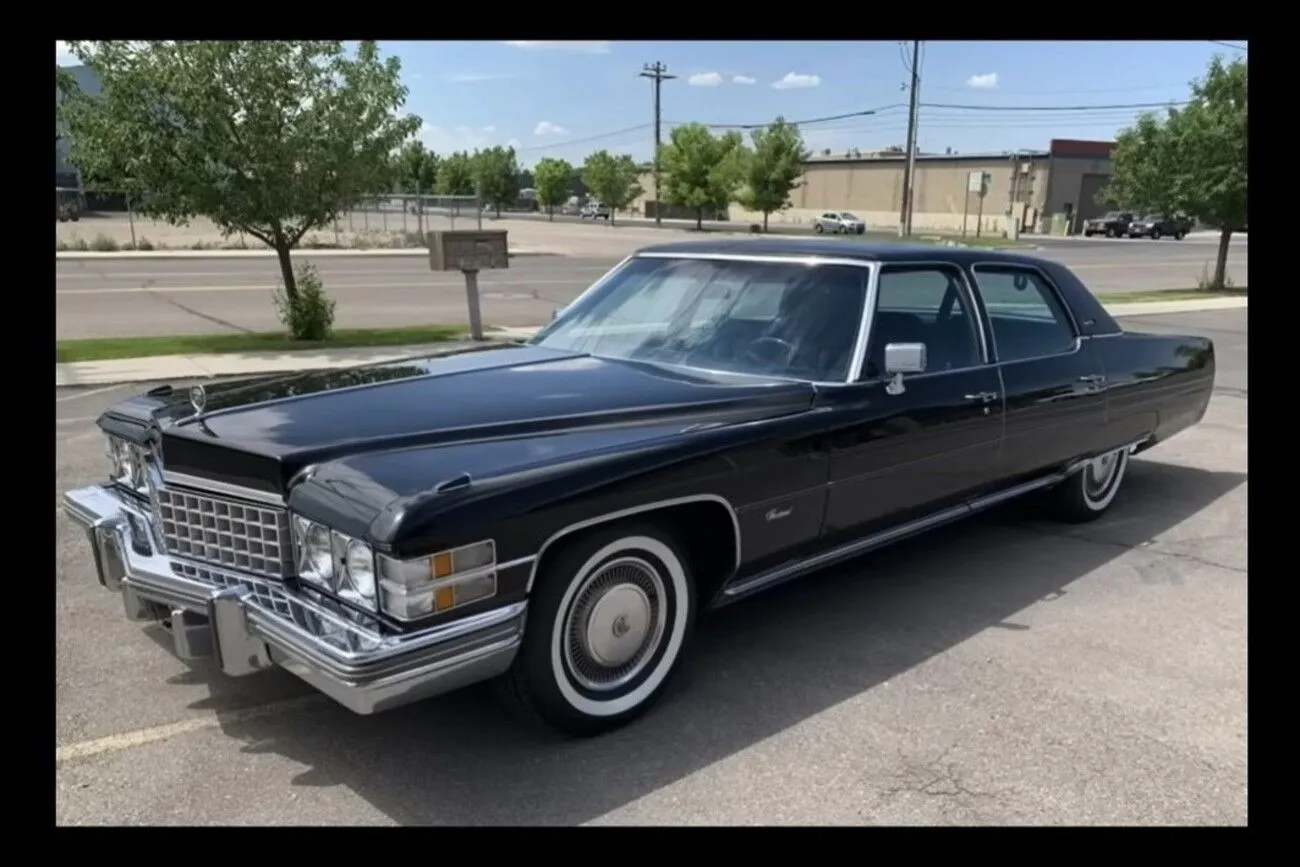 @What's the funkiest/strangest car interior? 1974-76 Cadillac Fleetwood Talisman & Acres of Velour/Rare Classic Cars & Automotive History/YouTube.com
@What's the funkiest/strangest car interior? 1974-76 Cadillac Fleetwood Talisman & Acres of Velour/Rare Classic Cars & Automotive History/YouTube.com
Renault Dauphine
The Renault Dauphine is precisely the kind of engineering blunder that gives France a terrible reputation and is the reason why French automakers abandoned the United States long ago. The engine was feeble, and it would sway. It was also incredibly dangerous.
Despite having horrible acceleration and a two-tone horn, it was a huge success when it was first produced due of its inexpensive cost and agility. Drivers soon discovered that it corroded quickly, which caused sales to drastically decline.
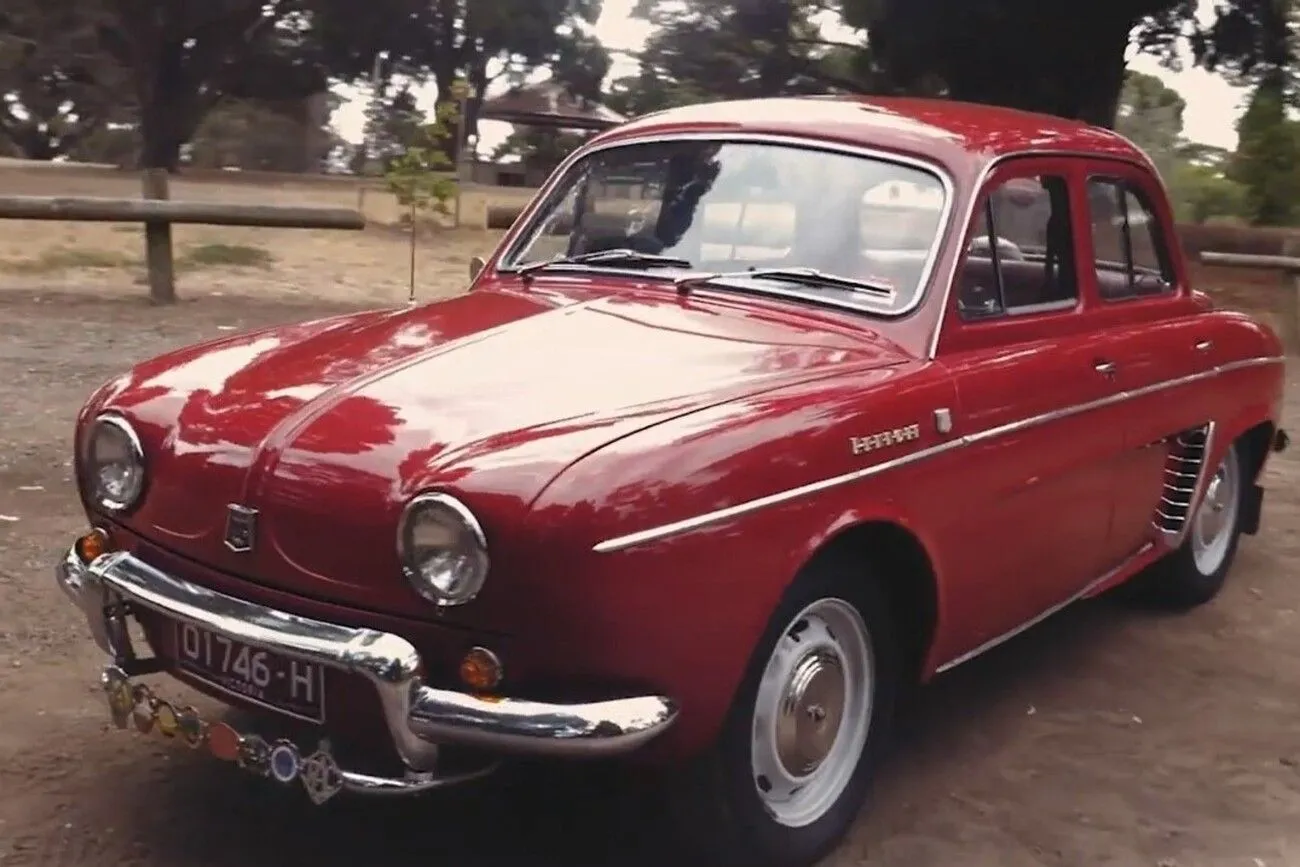 @Renault Dauphine - Shannons Club TV - Episode 142/Shannons Insurance/YouTube.com
@Renault Dauphine - Shannons Club TV - Episode 142/Shannons Insurance/YouTube.com
Chevrolet Chevette
The Chevy Chevette hasn't held up very well over time. According to the New York Times in 2011, it was "haphazardly made, sparsely trimmed, and underpowered." Even yet, the low-cost vehicle was a success, selling over three million vehicles in its 12-year lifespan.
Cheap doesn't always equal excellent, and the rickety Chevette is a prime example of this. Even in a light automobile, the poor engine could only muster up a little over 50 horsepower, which is frustratingly insufficient.
 @So Clean! Nice Original 1979 Chevy Chevette Close-Up and Drive!/coldwarmotors/YouTube.com
@So Clean! Nice Original 1979 Chevy Chevette Close-Up and Drive!/coldwarmotors/YouTube.com
Original Smart Fortwo
Daimler, the corporation in charge of producing all of the excellent Mercedes-Benz in the world, seldom makes mistakes. It was believed that Smart Cars had succeeded once more when they released the Fortwo, however this was not the case. Everything was subpar, including the engineering and construction.
Because the cooling system is at the front and the engine is in the back, it becomes hot quickly. The summertime baking of the cottage is just the beginning of the problems. Smart nearly died when the first Fortwos arrived.
 @The Smart fortwo: Why Mercedes' Smallest Car was its Biggest Mistake/JayEmm on Cars/YouTube.com
@The Smart fortwo: Why Mercedes' Smallest Car was its Biggest Mistake/JayEmm on Cars/YouTube.com
Chrysler Imperial LeBaron Two-Door Hardtop
The Imperial was once a reputable vehicle, but by the end of the 1960s, it wasn't. The LeBaron was the only one that was still standing in 1971. Even back then, it had a trashy appearance at that point and was notable for having one of the longest fenders in two-door history.
The "luxury" car's inside was unimpressive and had a shoddy appearance. Chrysler attempted to revive the model in 1980, but production halted in 1975. Because the engine was awful, that didn't work.
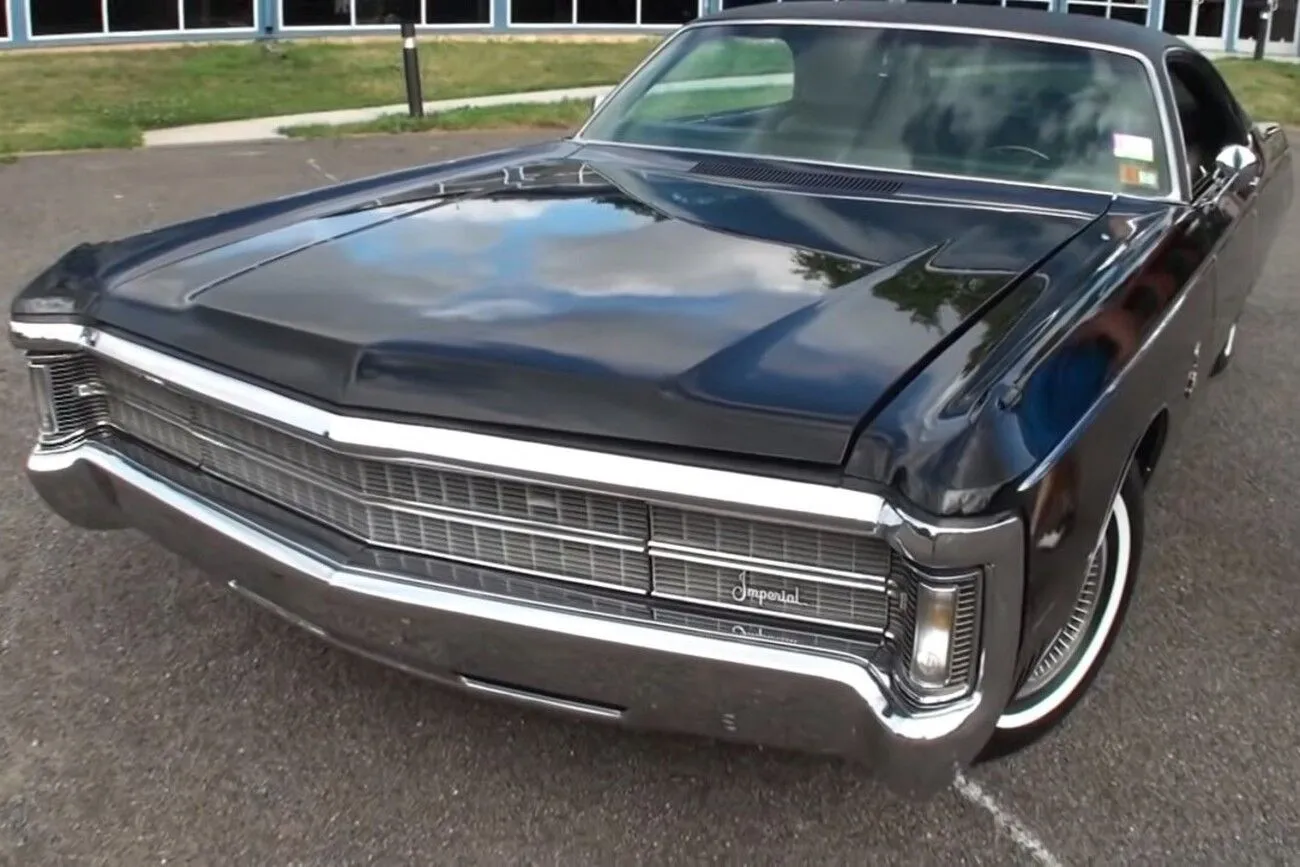 @1969 Imperial LeBaron 2 Door in Black & 440 CI Engine & Ride on My Car Story with Lou Costabile/Lou Costabile/YouTube.com
@1969 Imperial LeBaron 2 Door in Black & 440 CI Engine & Ride on My Car Story with Lou Costabile/Lou Costabile/YouTube.com
Morgan Plus 8 Propane
Making automobiles in the same style as they did in the 1930s is the incredibly elegant Morgan Motor Company from the United Kingdom. Since several models of the Plus 8s were sold, the business was salvaged. However, the firm was faced with the awful truth that the automobile couldn't be marketed in the United States due to new pollution regulations.
To get around this, they put a highly flammable propane tank on the back of the vehicle, where it might readily catch fire in the event of a rear-end collision.
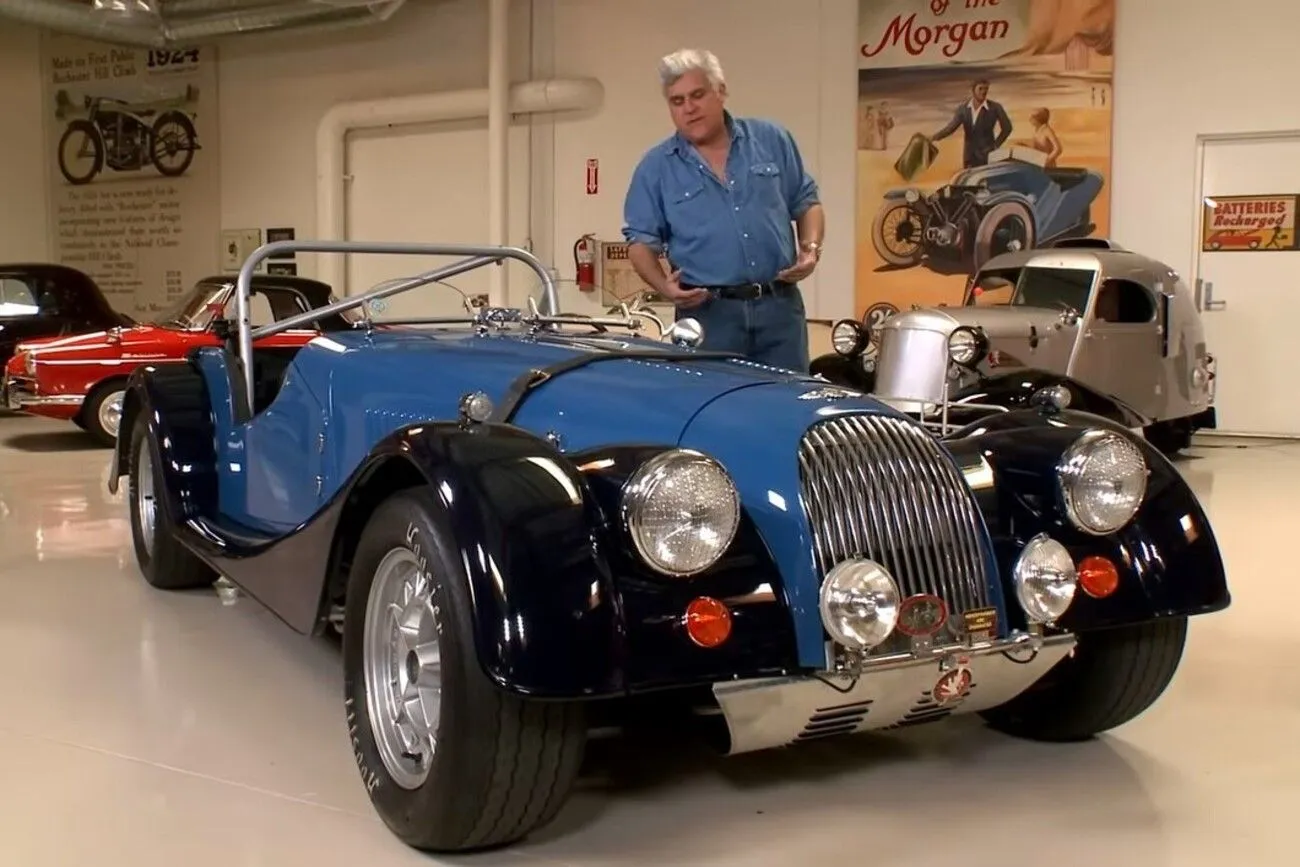 @1970 Morgan Plus 8 Hot Rod - Jay Leno's Garage/Jay Leno's Garage/YouTube.com
@1970 Morgan Plus 8 Hot Rod - Jay Leno's Garage/Jay Leno's Garage/YouTube.com
2003 Hummer H2
The maxim "bigger is better" received a hefty dose of Americana with the Hummer H2. In an era of fluctuating oil prices, many quickly discovered that the gas guzzler's 10 miles per gallon fuel economy wasn't a wise investment.
The H2 didn't have quite the same capabilities as the original H1, which was employed in battle, despite attempts to capitalize on it. Although many of these were sold in prosperous years, sales fell. Radical environmentalists actually set fire to one Hummer dealership because of its poor fuel efficiency.
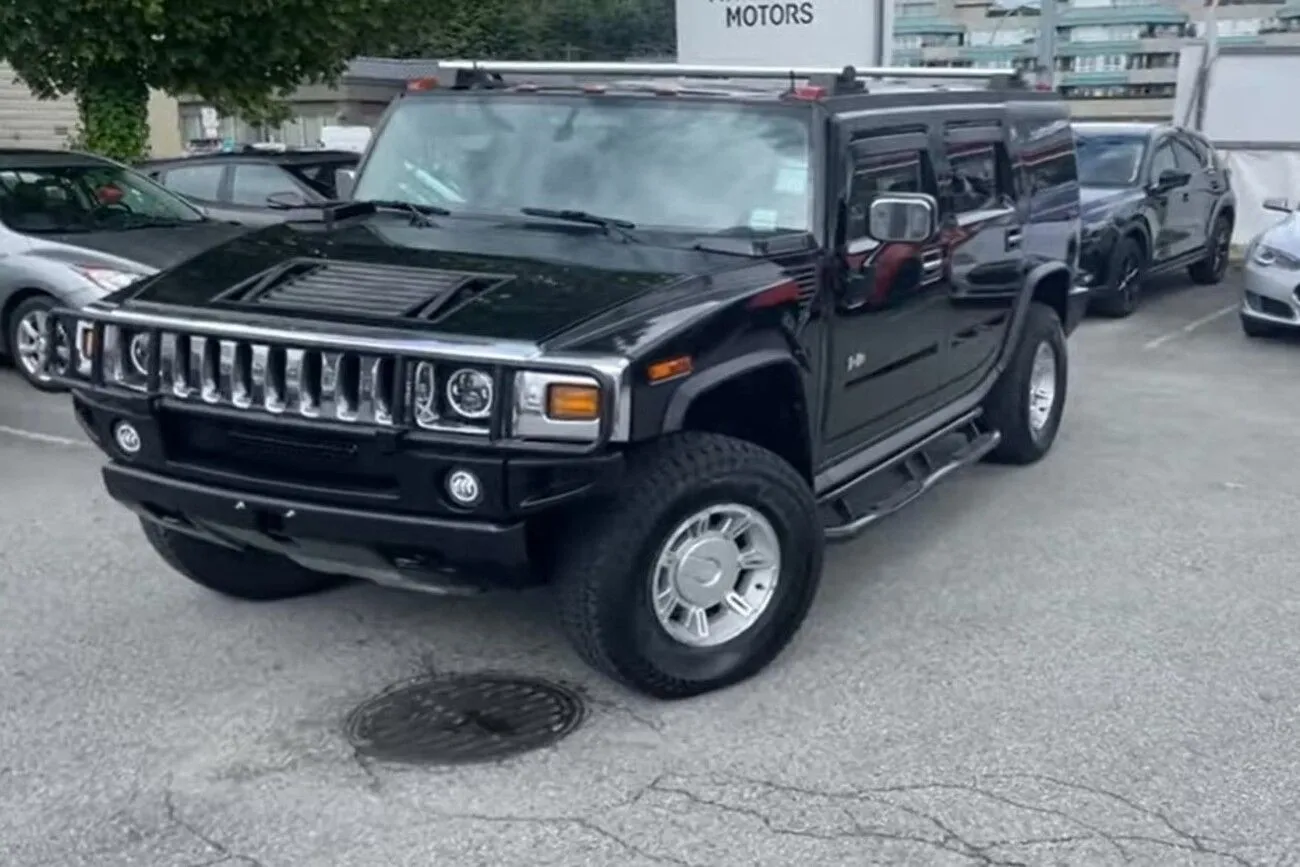 @Real life walkaround - 2003 Hummer H2!/Chasing Cars/YouTube.com
@Real life walkaround - 2003 Hummer H2!/Chasing Cars/YouTube.com
2001 Pontiac Aztek
The Pontiac Aztek has a catchy name and was Walter White's car in the television series Breaking Bad. However, that is all it has going for it. From the start, it was one of the most divisive vehicles, despised by customers the moment they laid eyes on it.
Its poor engineering was excessively overdone. The car's plastic body shell and feeble engine gave it a fairly shoddy appearance. It was undoubtedly expensive, which is why GM sold so few of the models that they didn't turn a profit in the first year.
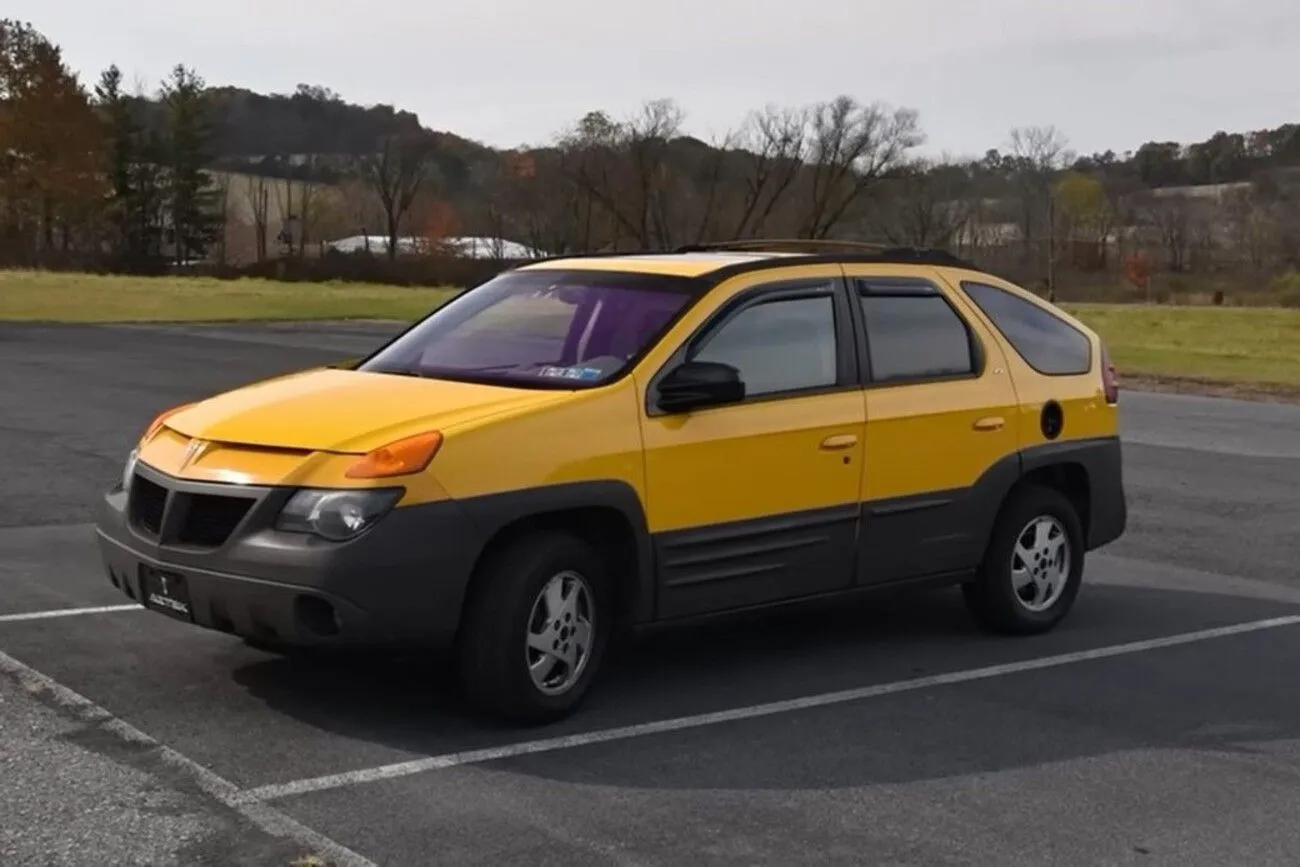 @2001 Pontiac Aztek GT: Regular Car Reviews/Regular Car Reviews/YouTube.com
@2001 Pontiac Aztek GT: Regular Car Reviews/Regular Car Reviews/YouTube.com
Ferrari Mondial 8
Although Ferrari isn't known for making poor automobiles, the "cheap" Mondial 8 was released in 1980. Although it was big and hefty, the V8 only had 214 horsepower. So even if it didn't perform up to par for a Ferrari, the ambitious electronics setup just served to worsen the situation.
There was frequently a scent of burning wires present when anything went wrong, which it did rather frequently. Ferrari made improvements to the Mondial, but the computerized system consistently broke down. Every model manufactured reportedly experienced a system breakdown at some time.
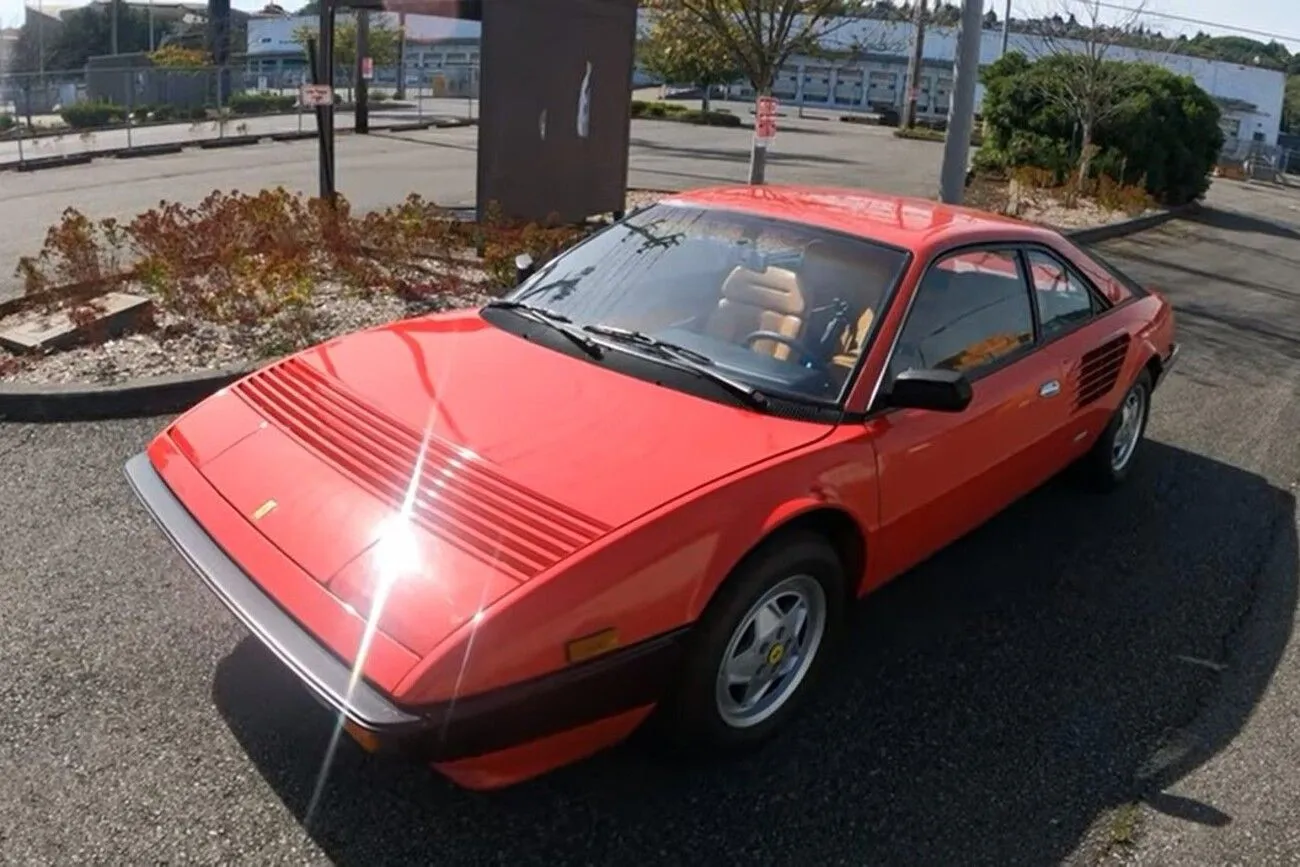 @1983 Ferrari Mondial Quattrovalvole 3.0 V8 - POV Drive (4K)/Bendaga/YouTube.com
@1983 Ferrari Mondial Quattrovalvole 3.0 V8 - POV Drive (4K)/Bendaga/YouTube.com
Maserati BiTurbo
The Maserati BiTurbo was one of the company's few terrible automobiles and was built from 1981 through 1994. To be fair, the failure was so severe that it almost destroyed them. The car initially performed about as you would anticipate a more approachable Maserati to perform.
Its reasonable handling and acceleration couldn't make up for how it started to break down after a while. Initial excitement after strong sales turned into regret as it became apparent how badly these cars hold up over time.
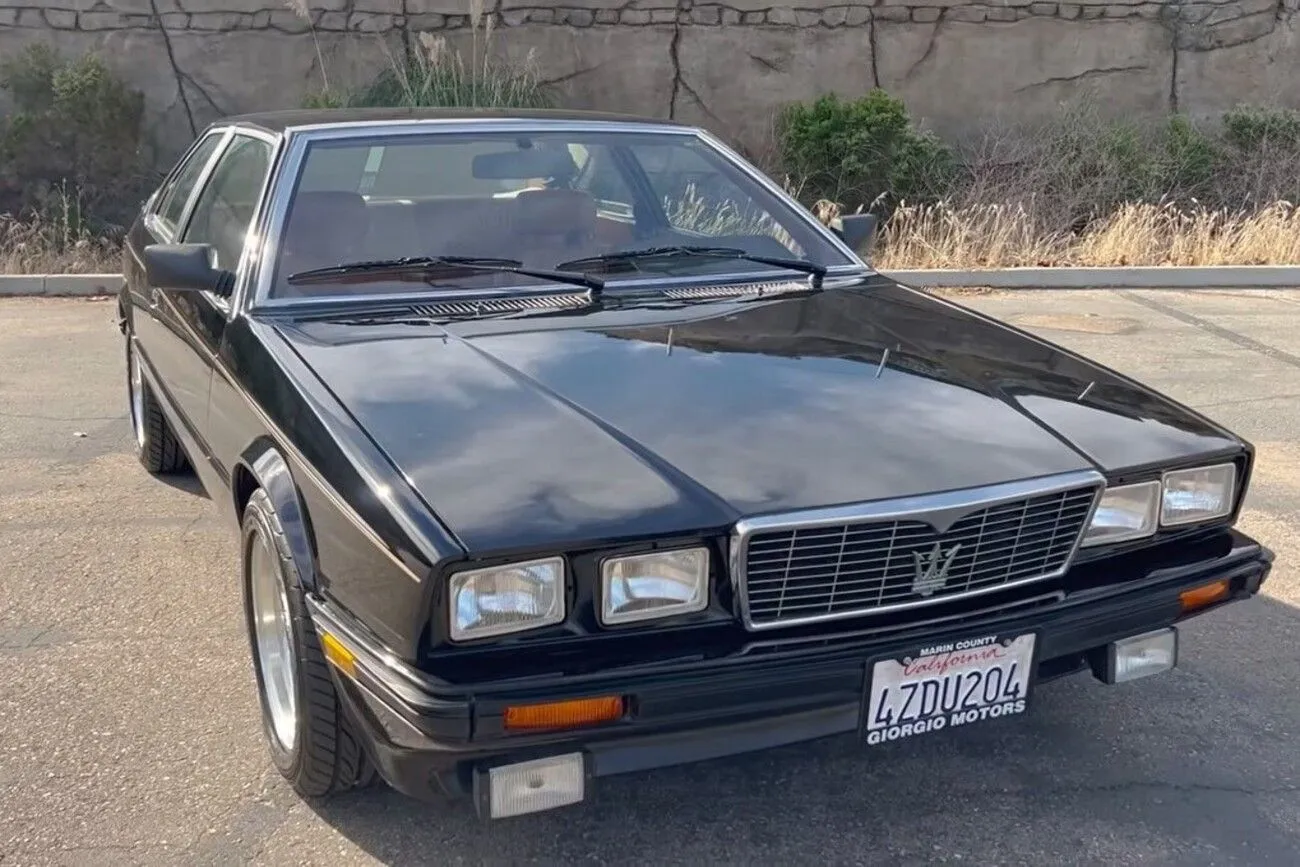 @The Maserati Biturbo Is the Ultra-Affordable 1980s Maserati/Doug DeMuro/YouTube.com
@The Maserati Biturbo Is the Ultra-Affordable 1980s Maserati/Doug DeMuro/YouTube.com
Ford Pinto
The king of poor automobiles, the Ford Pinto, had a fantastic appearance. They had good handling, a respectable appearance, and good fuel efficiency. The only issue was that when you were hit from behind, these automobiles often burst into flames.
They were "unsafe at any speed," according to a government study, and the controversy behind the abandoned recall makes this tale horrific. Ford opted to leave them on the roads and provide Pinto victims the less expensive compensation rather than a more expensive recall.
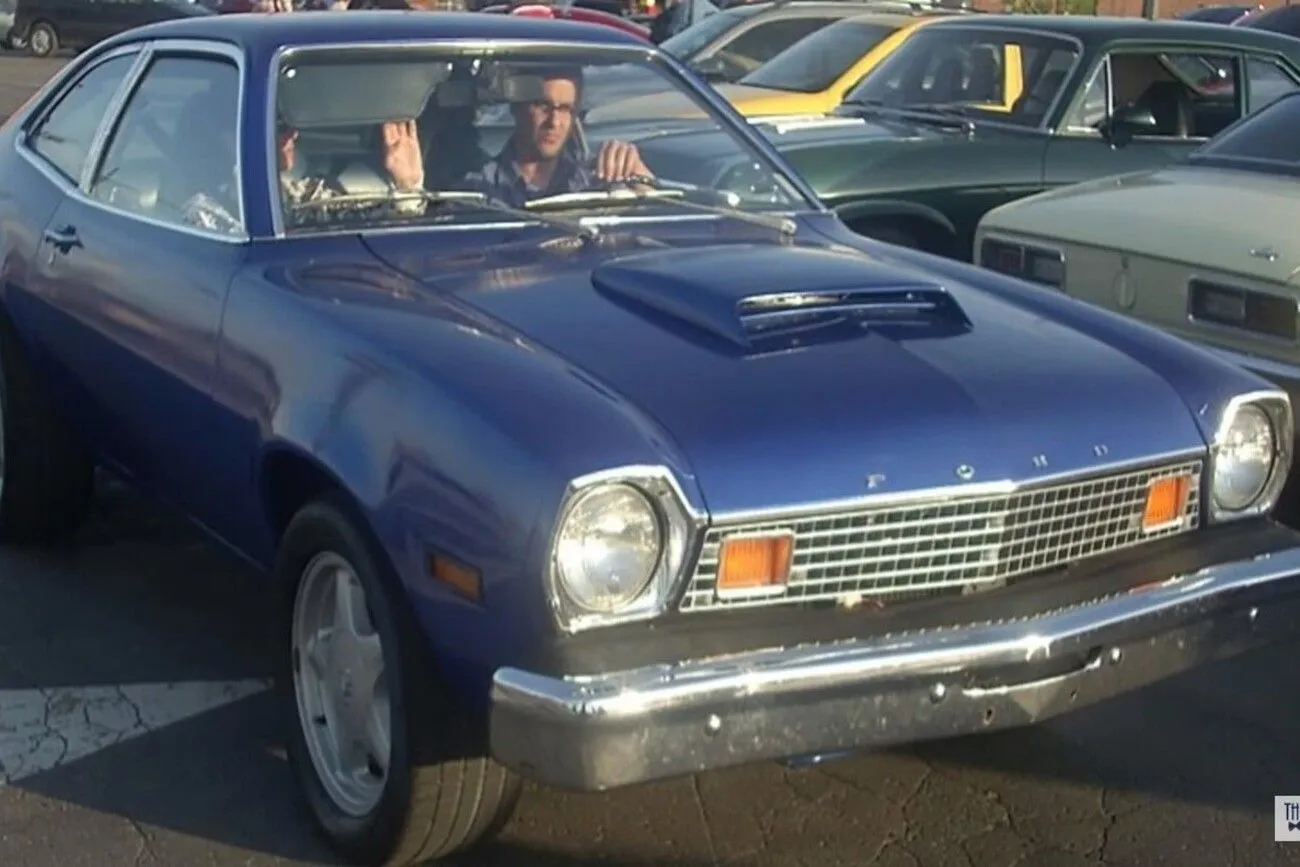 @Ford's Disaster: The Pinto/The History Guy: History Deserves to Be Remembered /YouTube.com
@Ford's Disaster: The Pinto/The History Guy: History Deserves to Be Remembered /YouTube.com
Ford Mustang II
A relic from the magnificent muscle car period that is happily still in existence today, the Mustang is a timeless icon that is as American as apple pie. On the other side, the Mustang II was a horrible concept. They modeled it on the Ford Pinto, which was one of the worst automobiles, rather than utilizing the Mustang as a model.
The AMC Gremlin comes to mind. It was once said that the Gremlin could perform on par with or better than the Mustang II. Embarrassing!
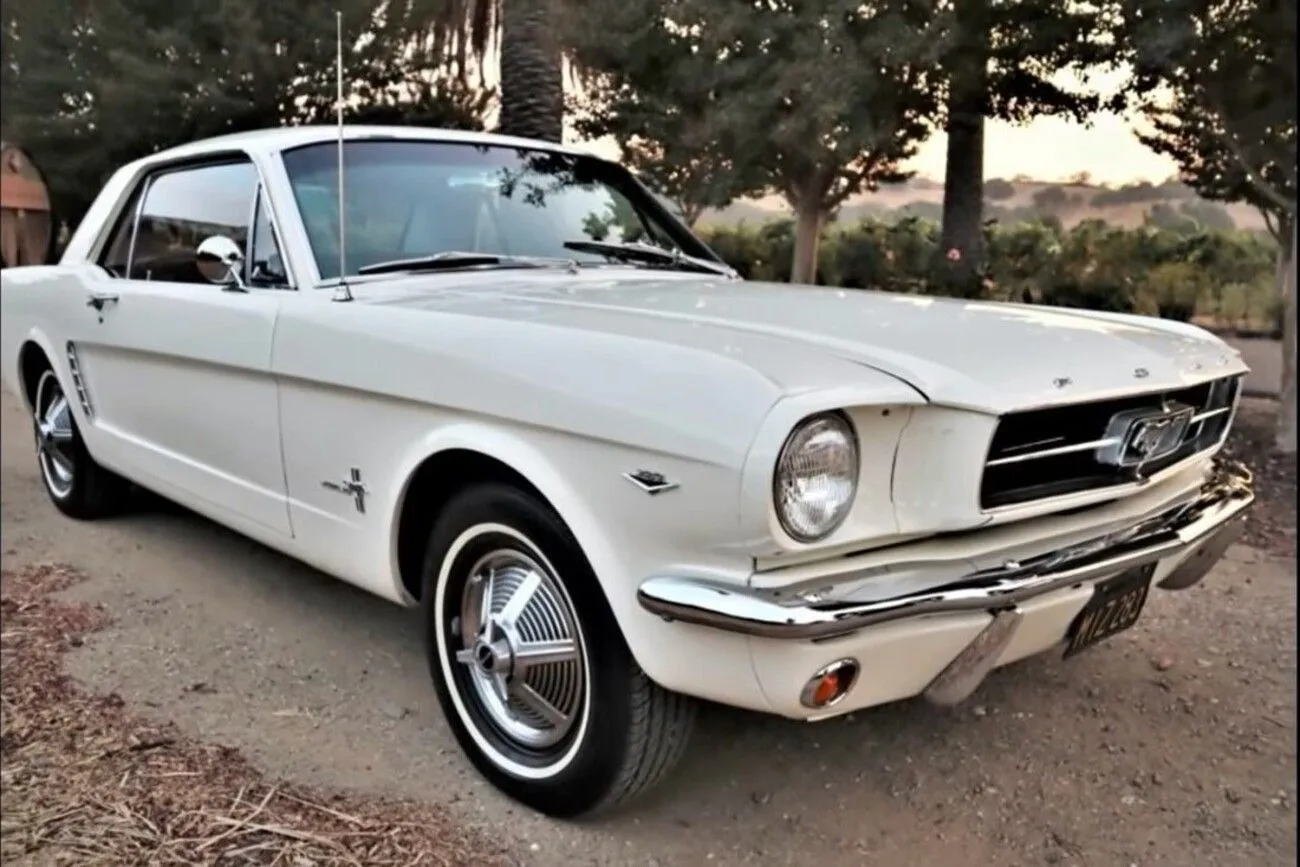 @FORD MUSTANG II - Learn why it saved the Mustang brand/Boca Brothers Classic Cars/YouTube.com
@FORD MUSTANG II - Learn why it saved the Mustang brand/Boca Brothers Classic Cars/YouTube.com
2004 Chevy SSR
Chevrolet's SSR, which stands for "Super Sport Roadster," should have been sued for deceptive advertising. Actually, it's a convertible pickup truck, a very specialized market. The phrase "Hey, this could really use a truck bed!" is rarely used by convertible purchasers.
Similar to how few owners of pickup trucks like their vehicles to be convertibles. The SSR isn't "super," scarcely qualifies as "sport," and, to be honest, is a disgrace to the roads. Even though it has a hot rod-like appearance, the sluggishly heavy body is not propelled by the engine's weak power.
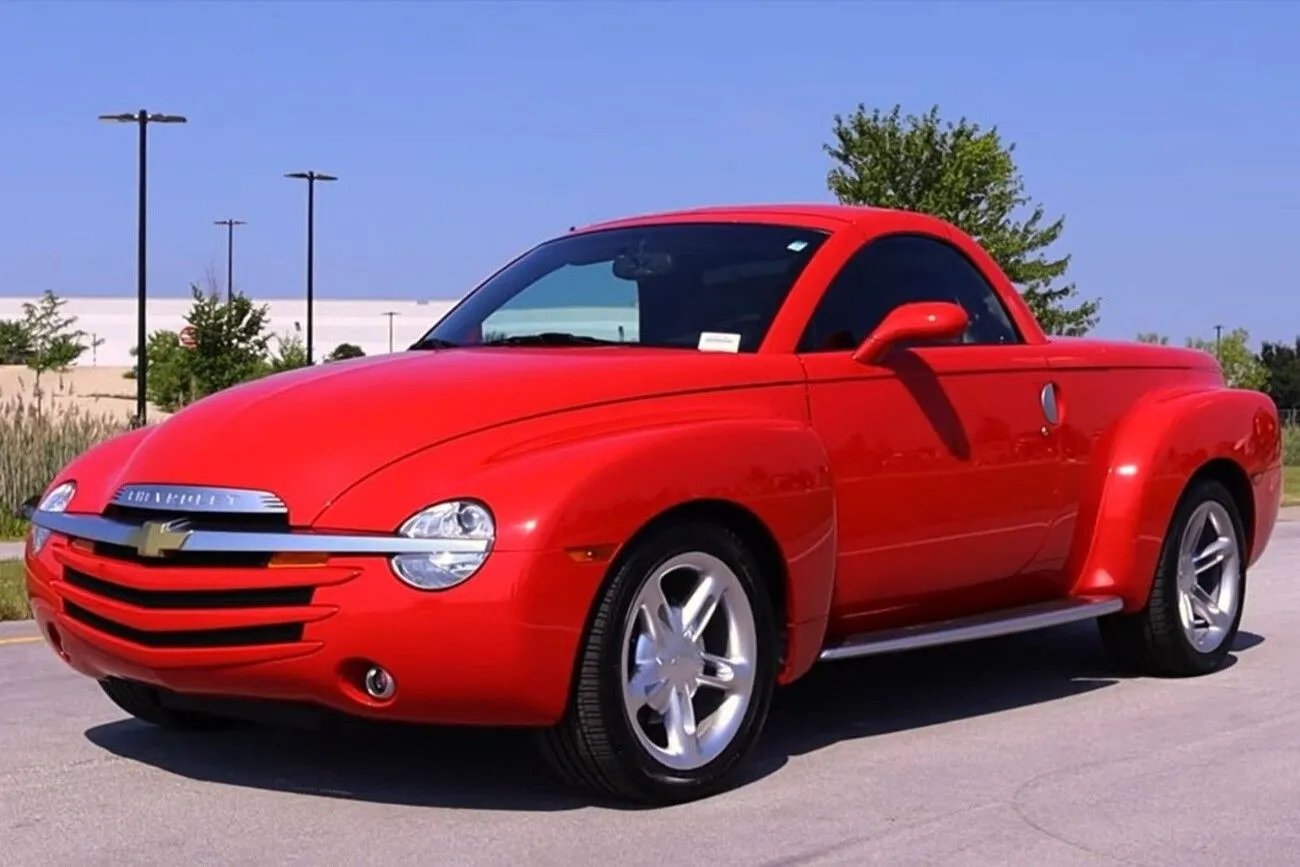 @2004 Chevy SSR Review - A Factory Built HOTROD!/Shooting Cars/YouTube.com
@2004 Chevy SSR Review - A Factory Built HOTROD!/Shooting Cars/YouTube.com
1957 Trabant P50
Because they barely ever left the Soviet Union, Trabant P50s are not well recognized anywhere. The East German automobile isn't much better than the Yugo, despite the absence of an idiotic American importer. It reflected East German life in many aspects, with high hopes that fell horribly short of being realized.
Although the plastic shell appeared elegant, it was claustrophobic and unpleasant inside, and you could feel every pebble. Consider the pollution from the front-wheel-drive's transverse-mounted, two-stroke engine, which needed drivers to add oil to the fuel tank.
 @Al-Deram-/Reddit.com
@Al-Deram-/Reddit.com
Citroën Pluriel
Despite their numerous accomplishments, France's automakers don't exactly have a stellar past in North America. Not one of them is the Citroen Pluriel, also marketed as the Citroen C3. These lemons were described as "about as useful as a chocolate teapot" in Top Gear magazine.
Despite being advertised as a practical automobile to meet all of your needs, it was unreliable, featured features that were poorly conceived, and frequently filled with water when it rained. The 2010 production ceased.
 @Used Citroen Pluriel - Buying Advice & Overview/Men and Motors/YouTube.com
@Used Citroen Pluriel - Buying Advice & Overview/Men and Motors/YouTube.com
1958 Edsel Corsair
Ford produced the Edsel Corsair in 1958, and it is another illustration of a car whose performance fell short of its marketing claims. Although Edsel was designed to help Ford compete with GM, it fell woefully below expectations.
Less than 10,000 of them were sold in 1959 since it was just another inferior sedan. Ford discontinued Edsels the next year, and the name has since come to represent unsuccessful auto projects. In the meanwhile, the Corsair has come to represent the word “lemon.”
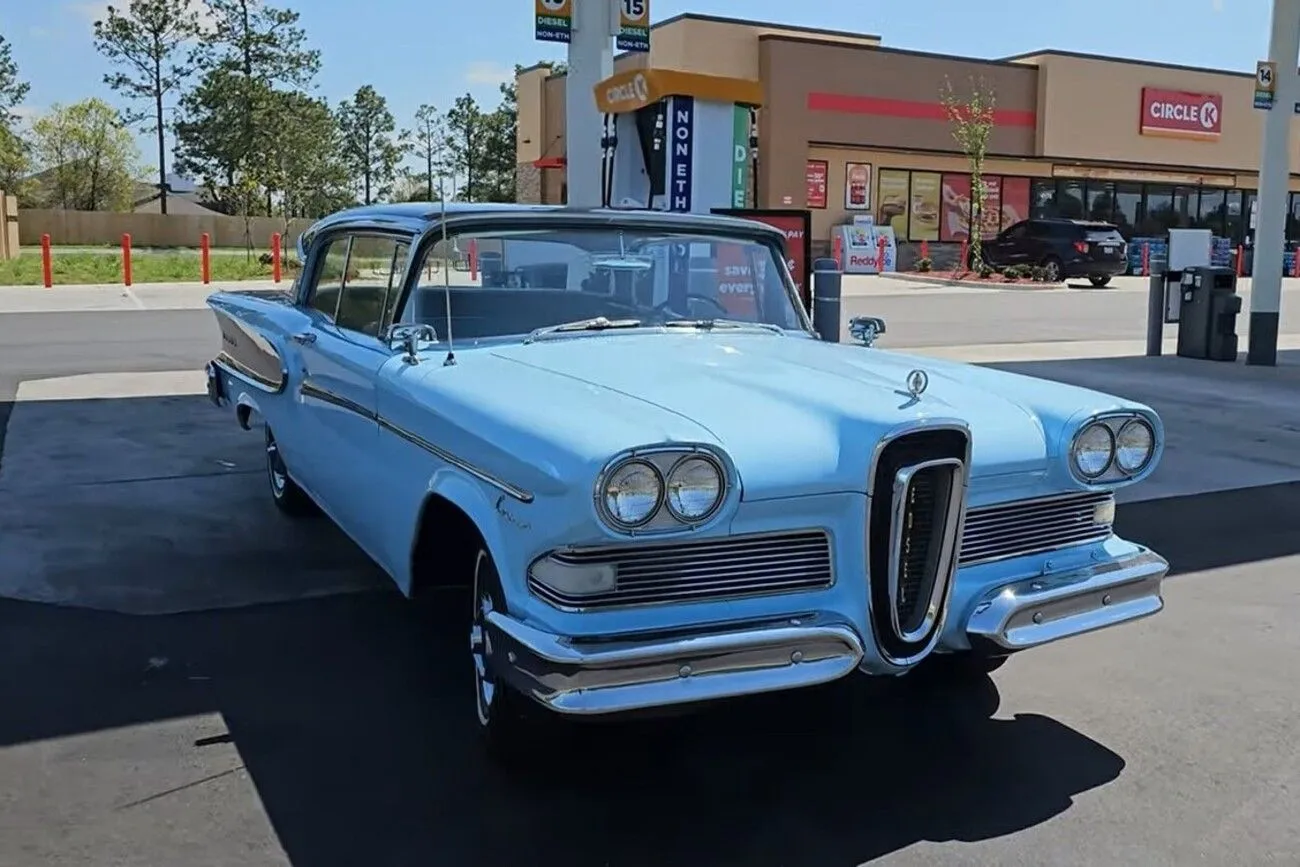 @1958 Edsel Corsair Hardtop Coupe at I-95 Muscle/I-95 Muscle/YouTube.com
@1958 Edsel Corsair Hardtop Coupe at I-95 Muscle/I-95 Muscle/YouTube.com
TransAm Type K
Pontiac's TransAm Type K concept automobile received positive reviews from the general population. A two-part episode of The Rockford Files included it. It seemed like it would soon be a popular family vehicle on American highways, and GM undoubtedly intended for that to happen.
The estimations ultimately revealed that the project was much too ambitious for the projected cost. Pontiac would have needed to charge $25,000 for the Type K to make a profit, which would have been enough to purchase two Corvettes.
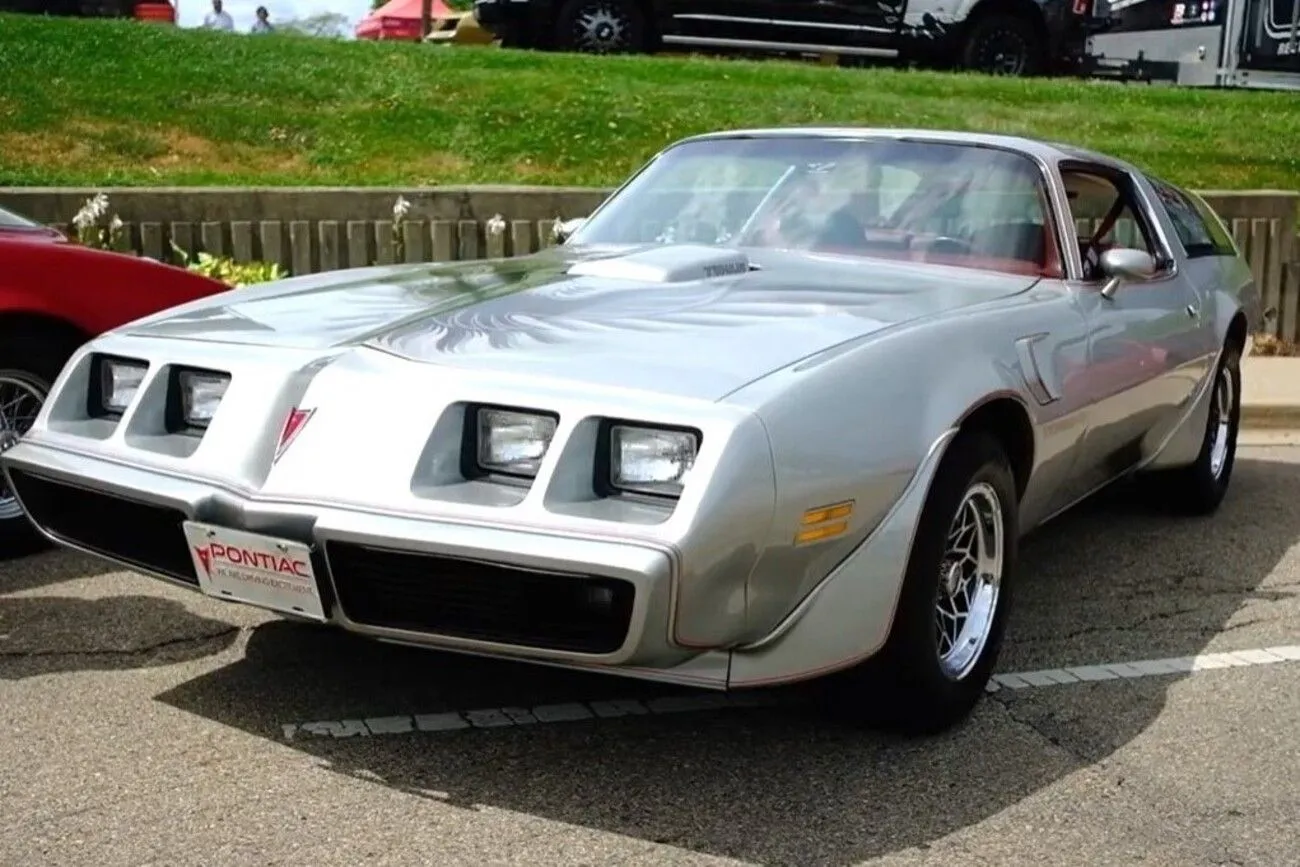 @WTFeature Episode 3: Pontiac Trans Am Type-K Kammback Prototype Car/Shutterfuel/YouTube.com
@WTFeature Episode 3: Pontiac Trans Am Type-K Kammback Prototype Car/Shutterfuel/YouTube.com
Reliant Robin
Three-wheelers are uncommon in America since the market for them never took off. Many Americans will be startled to see someone driving a vehicle that tacky when they see one that resembles the Reliant Robin in the United States.
The Robin has a poor reputation, even in the UK, where three-wheeled vehicles are less frowned upon. It frequently topples over, which has turned some people off of it. Fortunately, it's an easy remedy because the Robin is so lightweight—you only need to prop it back up.
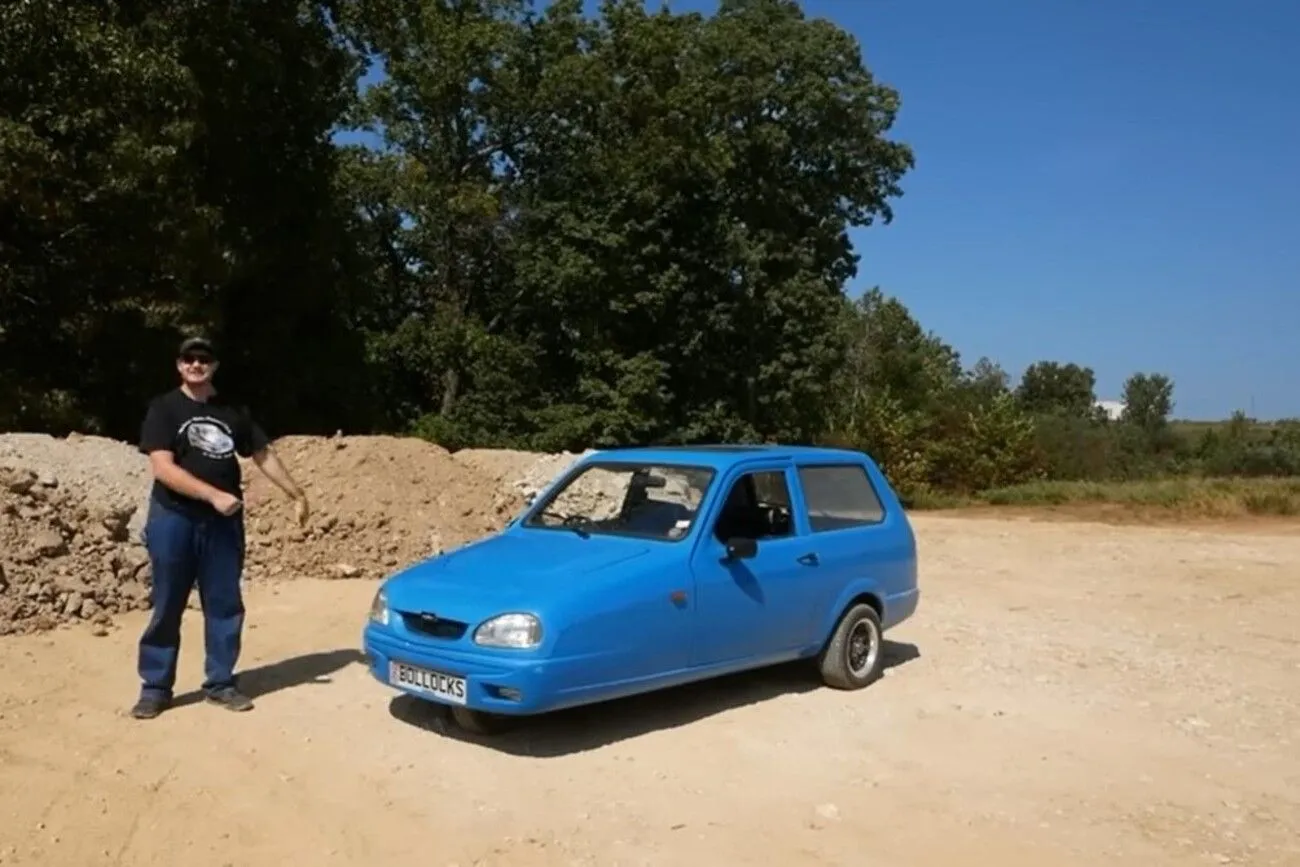 @I Bought a Reliant Robin!/Aging Wheels/YouTube.com
@I Bought a Reliant Robin!/Aging Wheels/YouTube.com
Lamborghini LM002
Despite not frequently being linked with terrible automobiles, Lamborghini is another posh Italian brand that produced some subpar vehicles. The LM002, usually referred to simply as the Lamborghini truck, was designed for off-road use. Originally intended to be an army vehicle, the manufacturer turned to civilians after the military refused to purchase it.
Even the name "Rambo-Lambo" was used when it was introduced in 1986. The opulence was just out of place in an off-roading truck, and to make matters further worse, the engine was located at the back. These strange luxury misfits were only manufactured in 382 units.
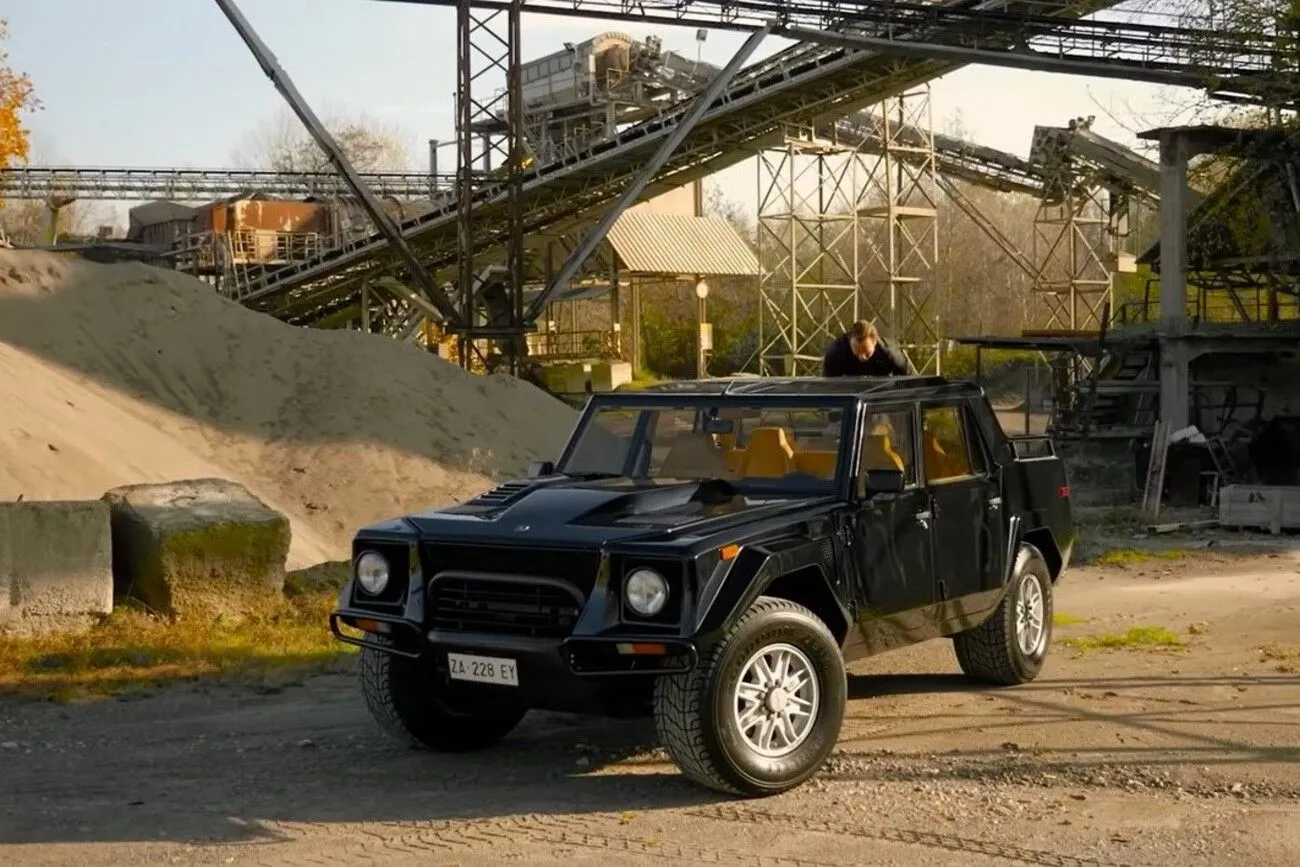 @An OFF ROAD Lamborghini? The Lamborghini LM002 | Top Gear/Top Gear/YouTube.com
@An OFF ROAD Lamborghini? The Lamborghini LM002 | Top Gear/Top Gear/YouTube.com
The Michelin PLR
Michelin, who at the time owned Citroen, produced this vehicle. This automobile is unique and will only be seen in France, where it is now being utilized as a novelty for various exhibits.
This 10-tire monster vehicle resembles a Citroen Frankenstein in that it was assembled from a who's who of leftover pieces, primarily from the DS Safari. Given that it weights ten tons, the highest speed of 111 miles per hour is astounding. The two 5.7-liter V8 engines from Chevrolet play a significant role in it.
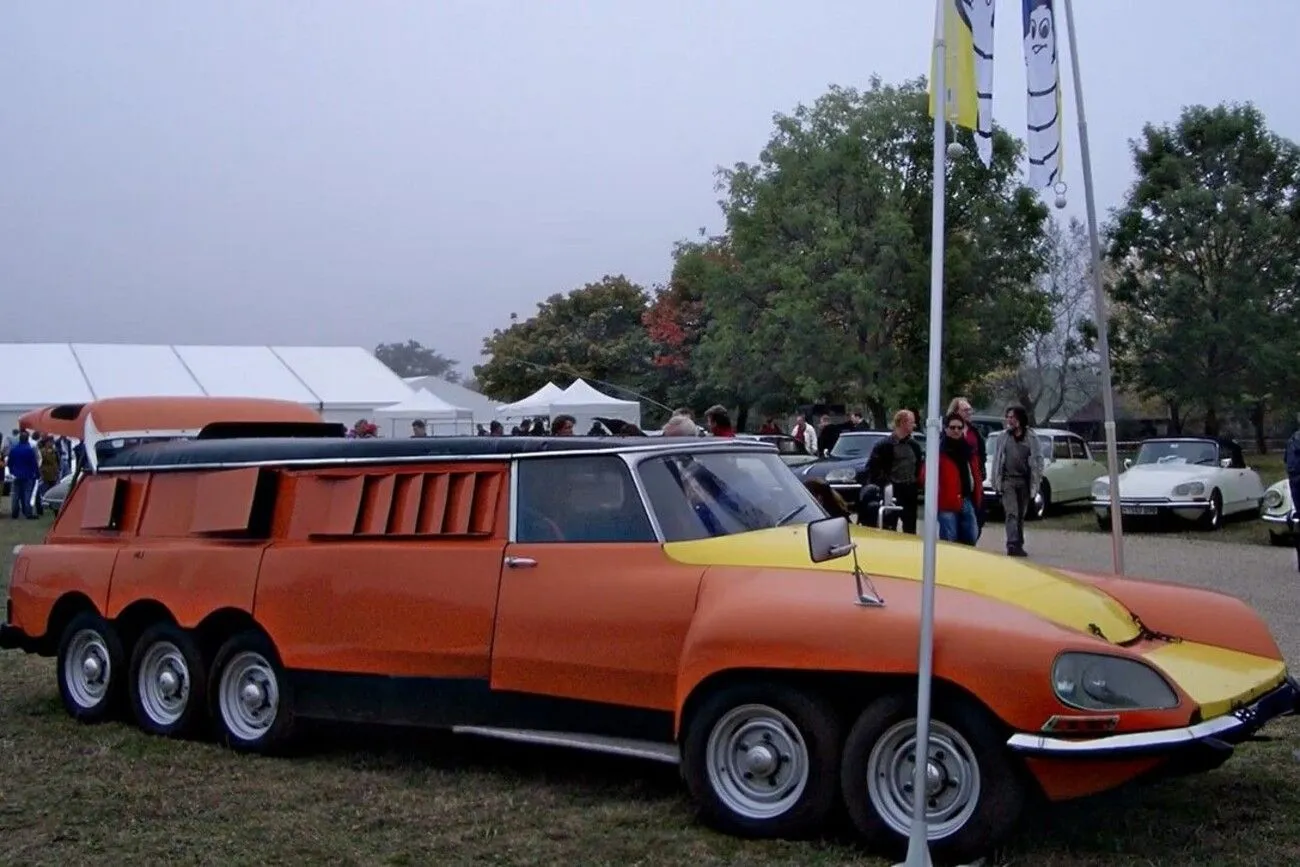 @Michelin PLR/Przemek Michalak/YouTube.com
@Michelin PLR/Przemek Michalak/YouTube.com
Lincoln Blackwood
Pickup trucks aren't necessarily designed to be luxurious automobiles, but that hasn't stopped automakers from trying. Along with premium automakers seeking to meet a market that shouldn't have existed in the first place, Lincoln has also given the Blackwood a go.
Although Cadillac was sufficiently alarmed by the vehicle to design an Escalade sport utility truck to compete, the Blackwood's rival outlasted the Blackwood. Lincoln had made several poor decisions, such as the absurd choice of rear-wheel drive for a pickup truck, which makes no sense.
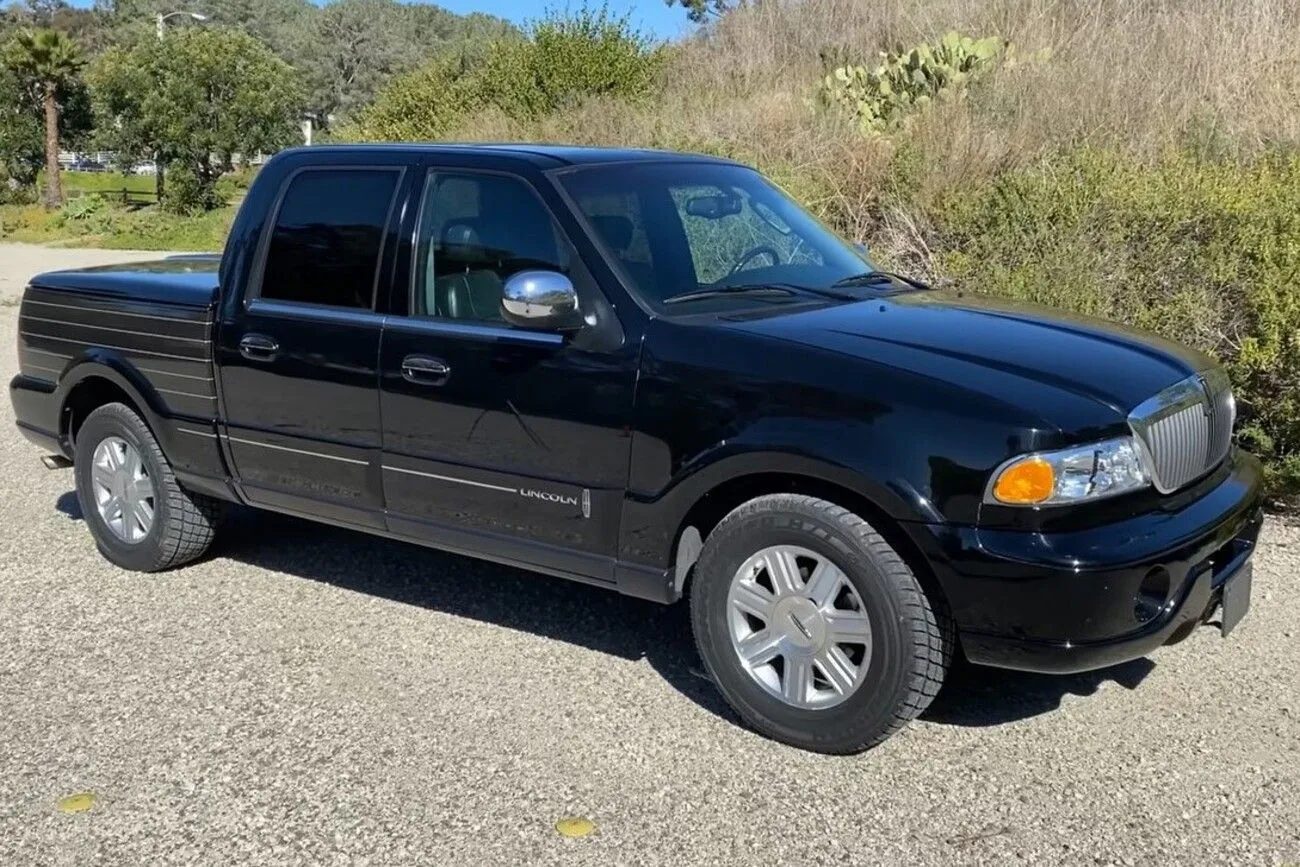 @The Lincoln Blackwood Was an Ultra-Quirky Luxury Truck Failure/Doug DeMuro/YouTube.com
@The Lincoln Blackwood Was an Ultra-Quirky Luxury Truck Failure/Doug DeMuro/YouTube.com
Overland Octoauto
Although there aren't many automobiles in America with an odd number of wheels nowadays, this wasn't always the case. Milton Reeves believed that adding extra wheels would improve performance in 1911 since American automobiles adhere to the "bigger is better" mentality. He built a 20-foot long vehicle with eight wheels.
Even though eight is an even number, looking at the Overland Octoauto leaves you with little choice but to conclude that eight wheels on a vehicle is strange. The handling was terrible, and it was gangly.
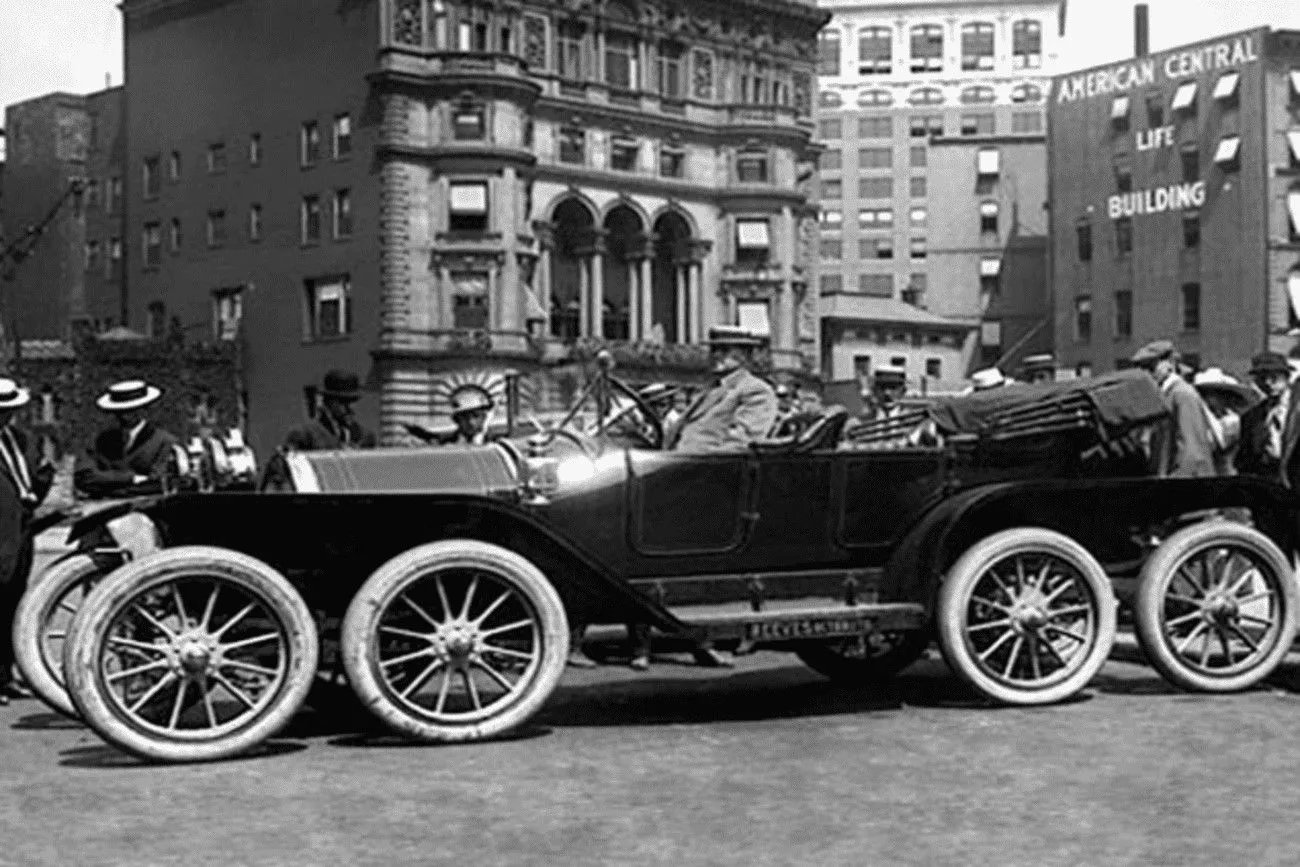 @rockystl/Reddit.com
@rockystl/Reddit.com
Space Shuttle Convertible
Due to its extreme uniqueness, there could only be one Space Shuttle Convertible. on the 1950s, Almar Nordhaug, a Norwegian, built a barrel factory on the Faroe Islands with assistance from his coworkers. The Faroe Islands' first automobile with a cassette player and four speakers was this one.
It has changed hands multiple times and has become well-known for its peculiar design. The Faroe Islands, for instance, featured an image of themselves on a stamp in 2011. We'll have to wait, but the current owner apparently has intentions to restore it.
 @graneflatsis/Reddit.com
@graneflatsis/Reddit.com